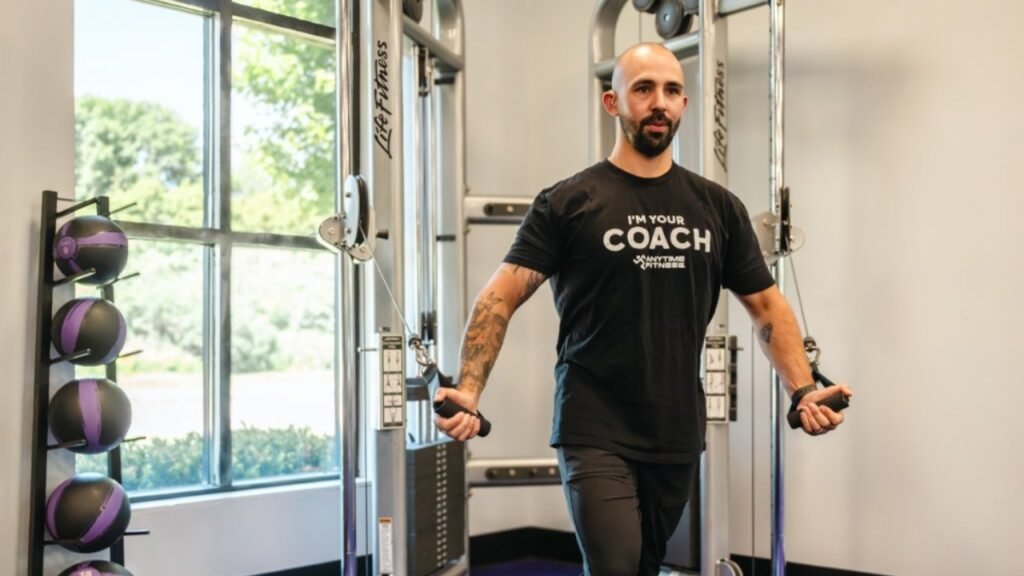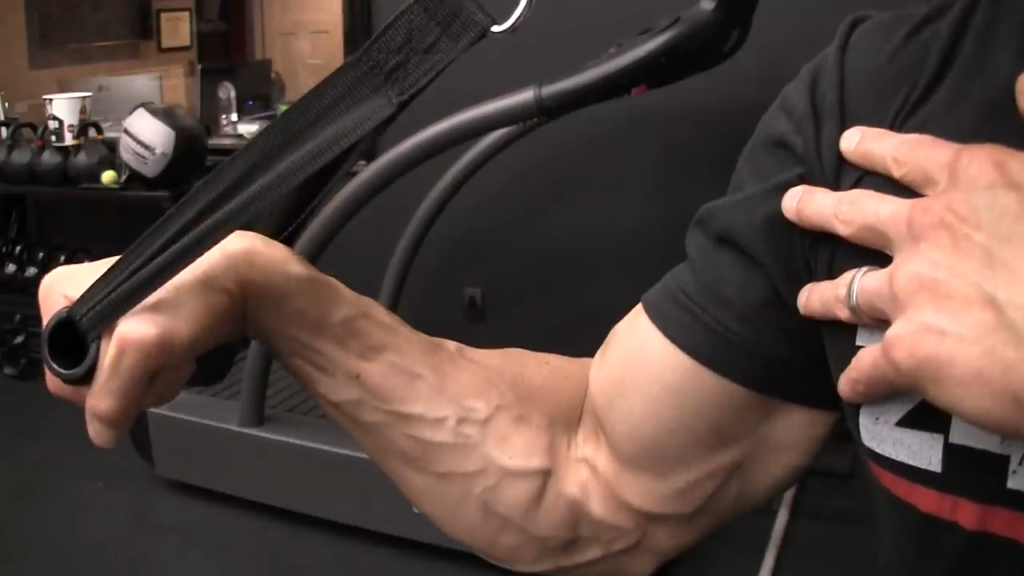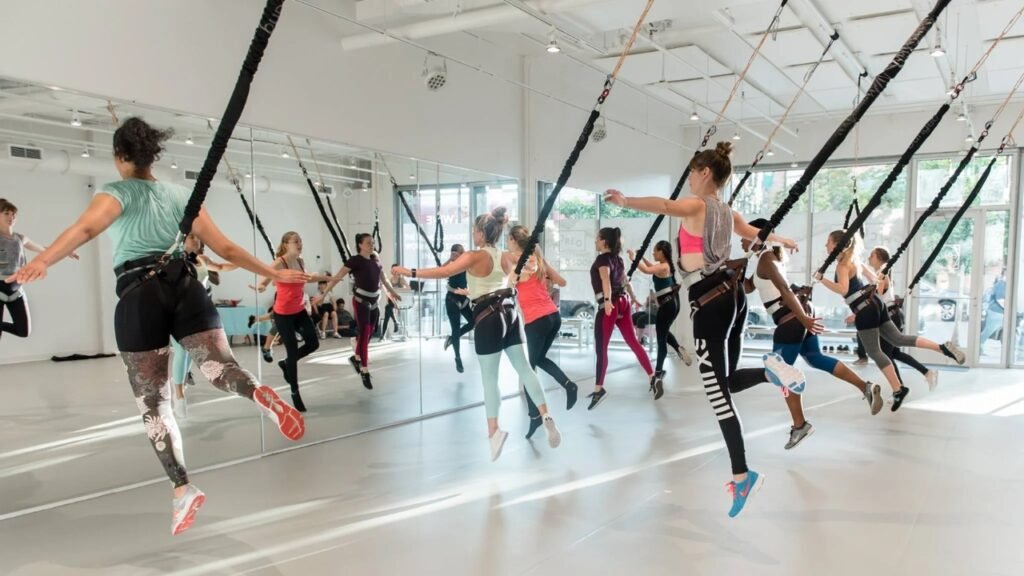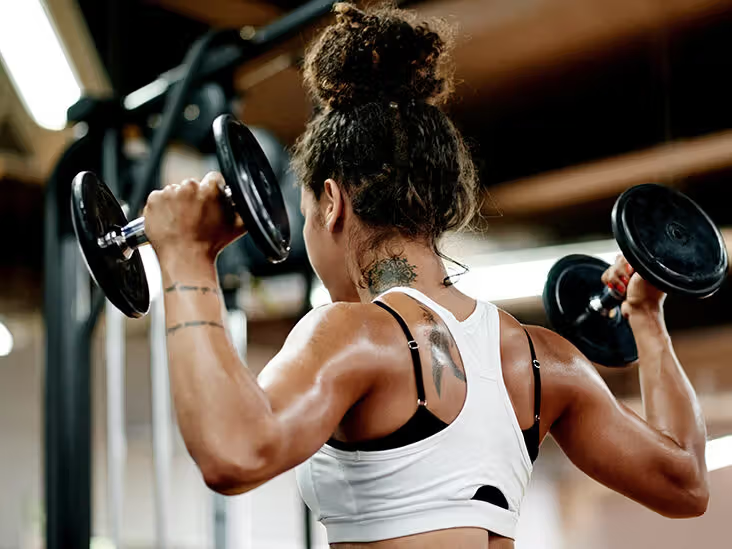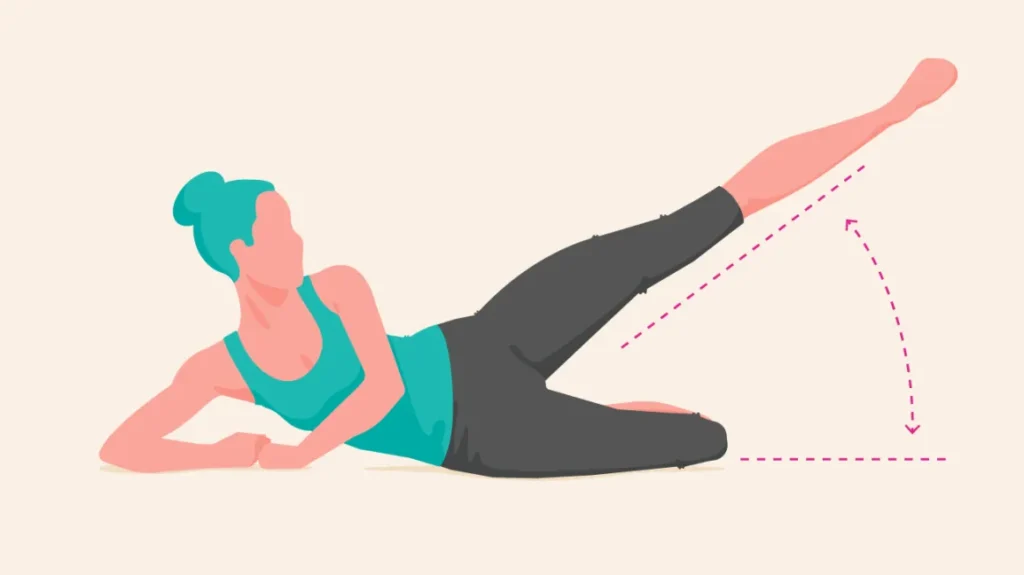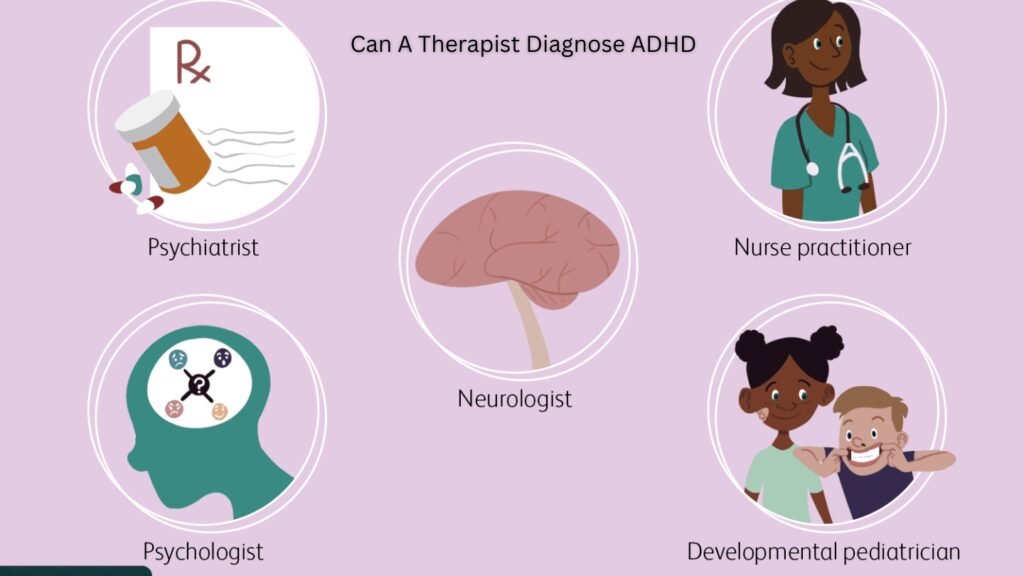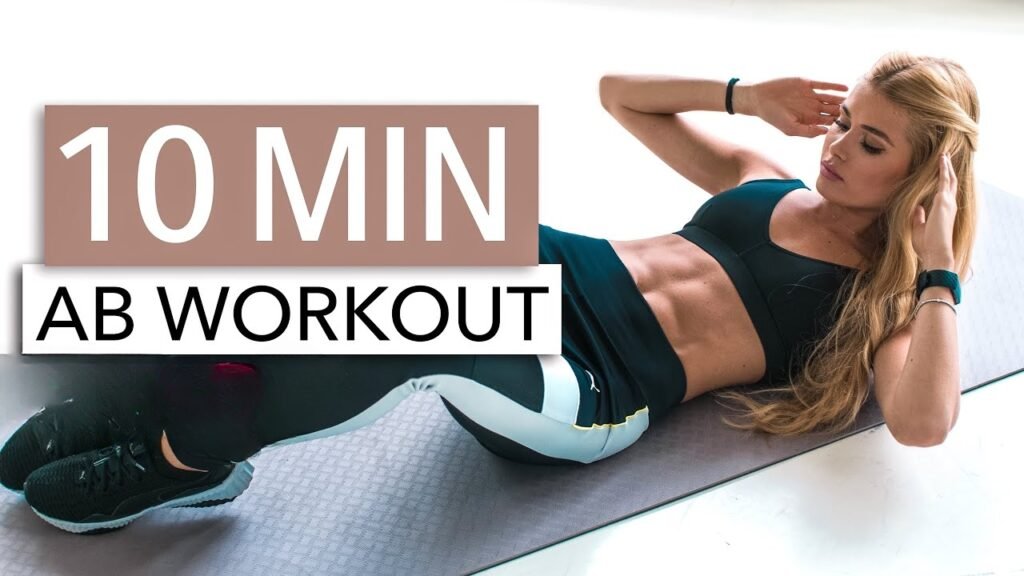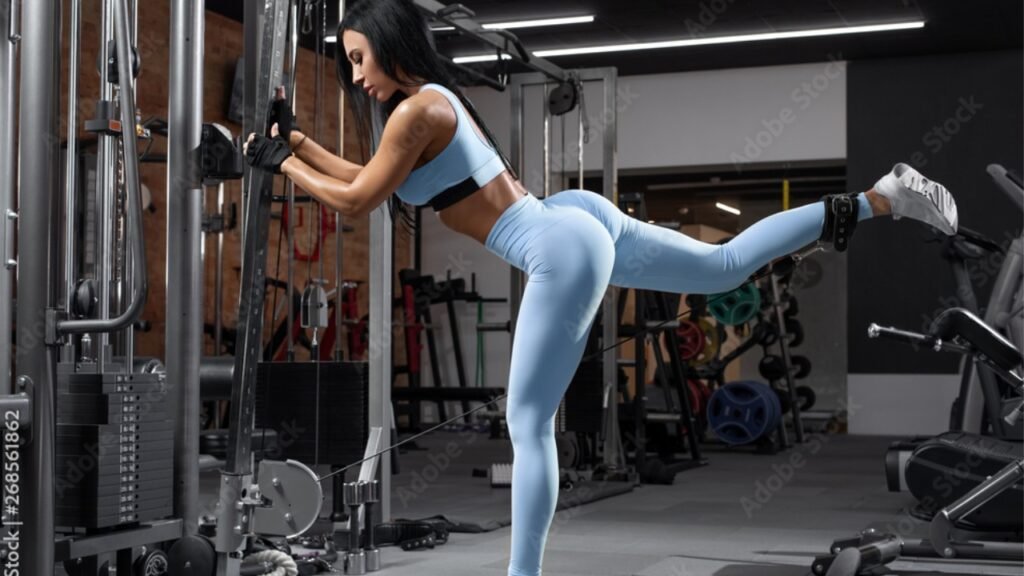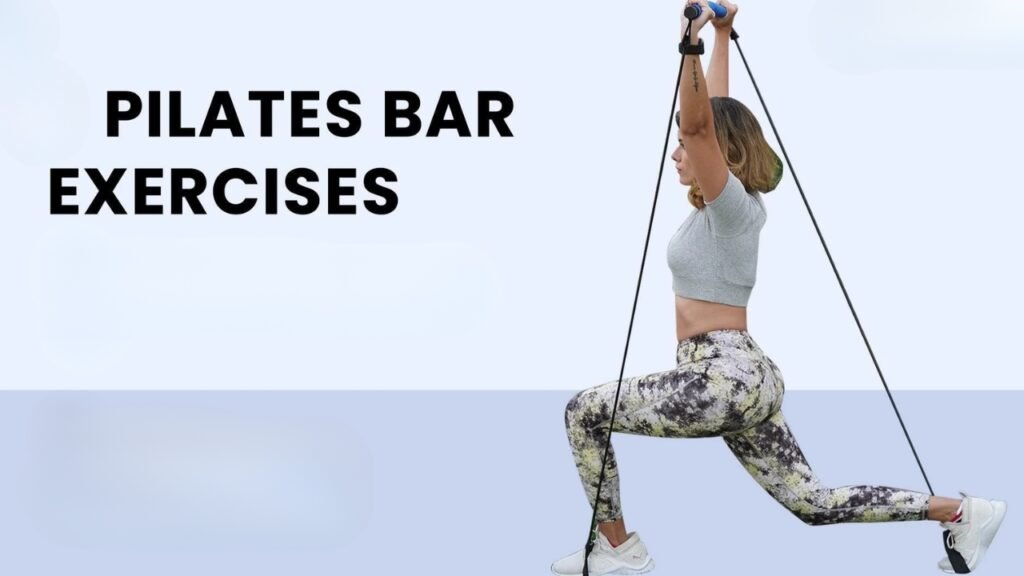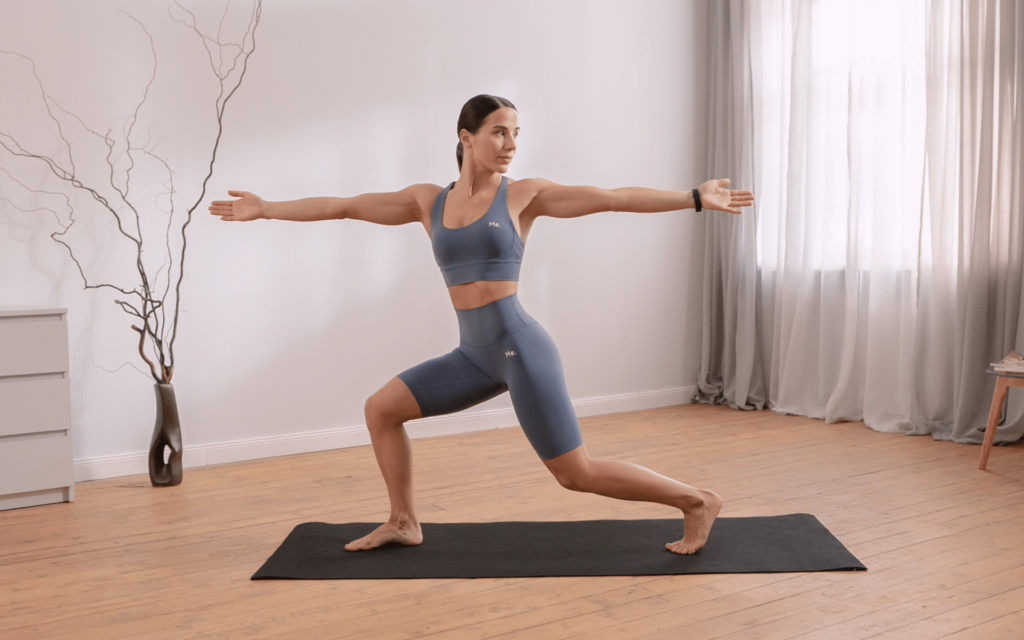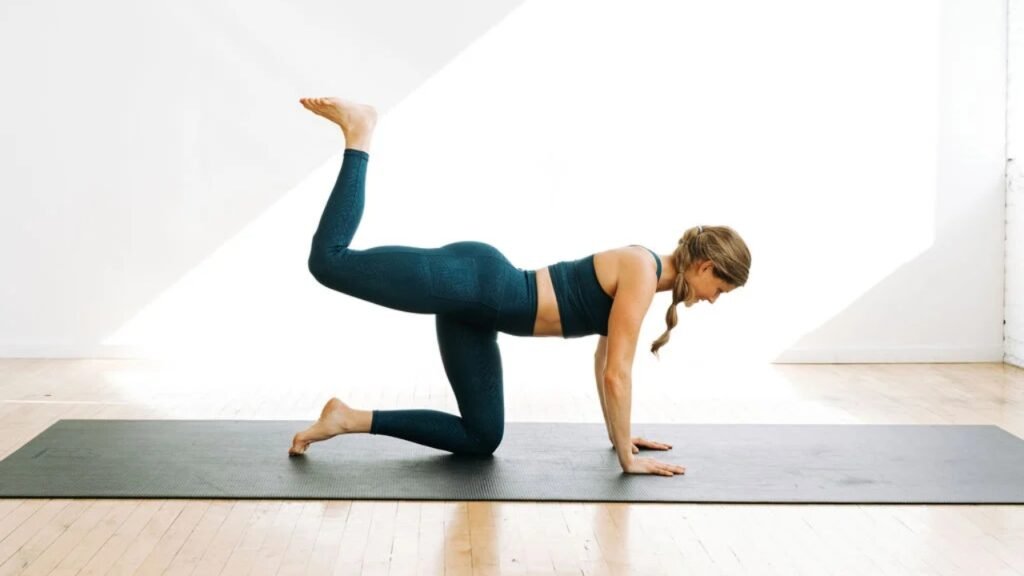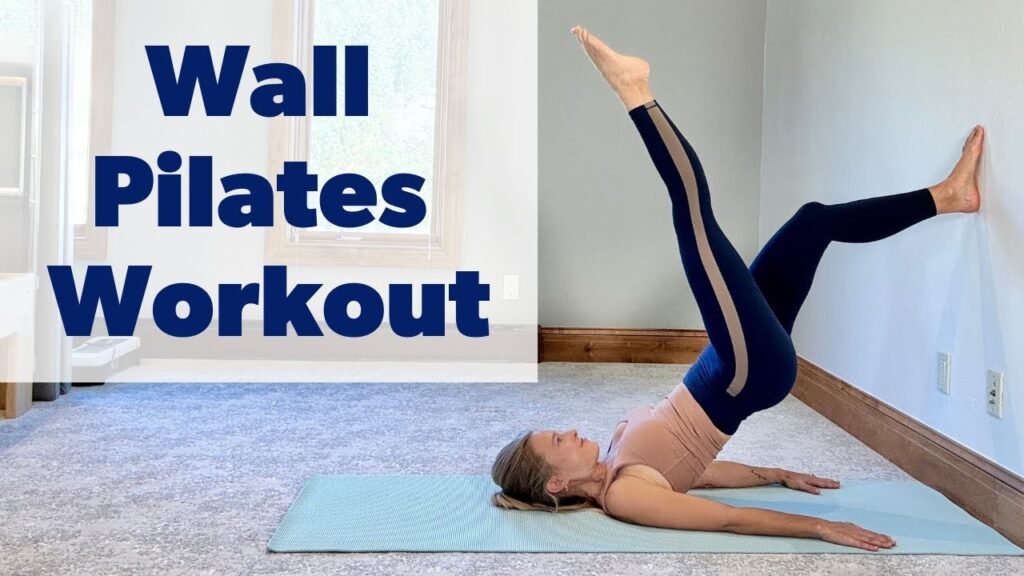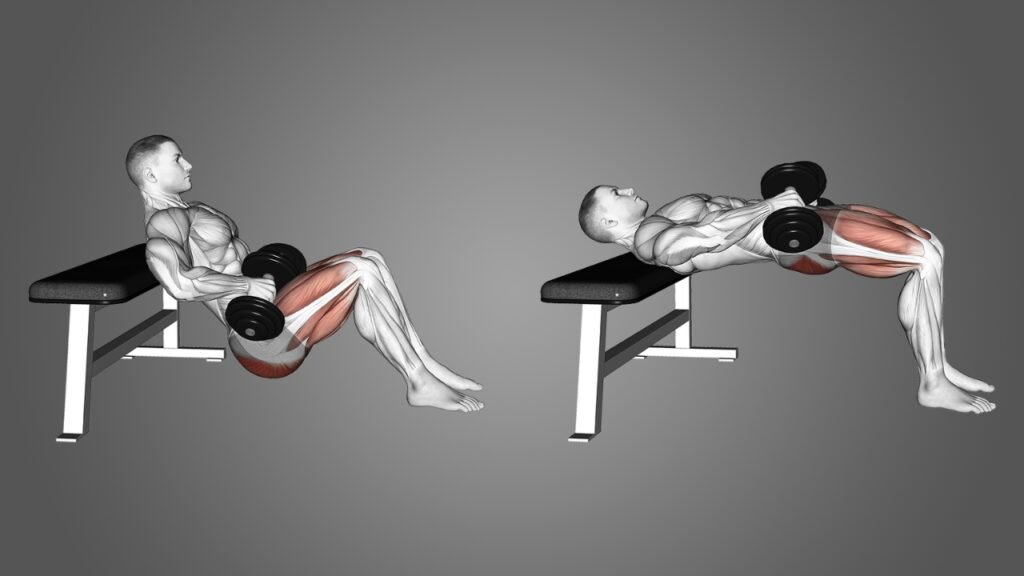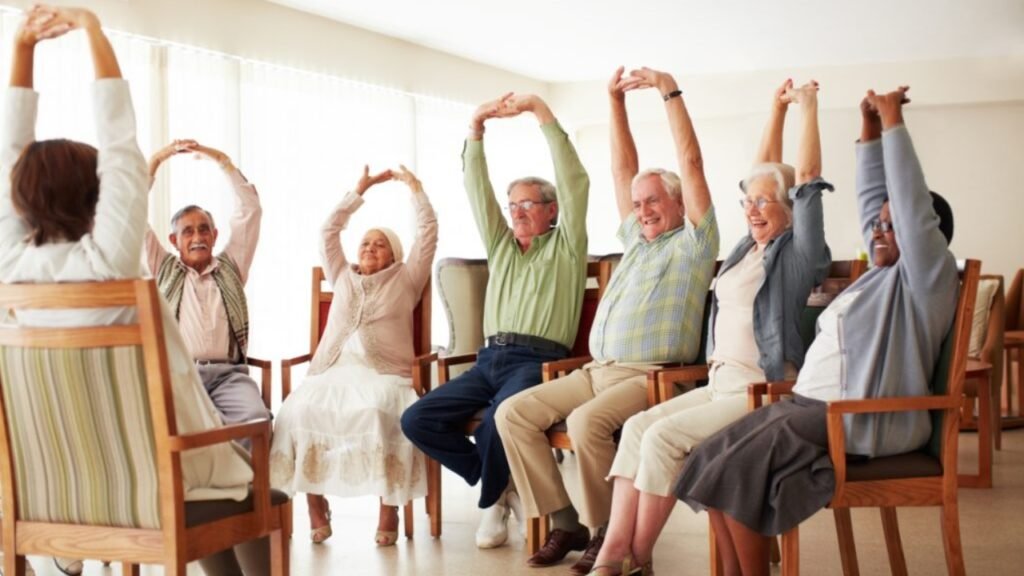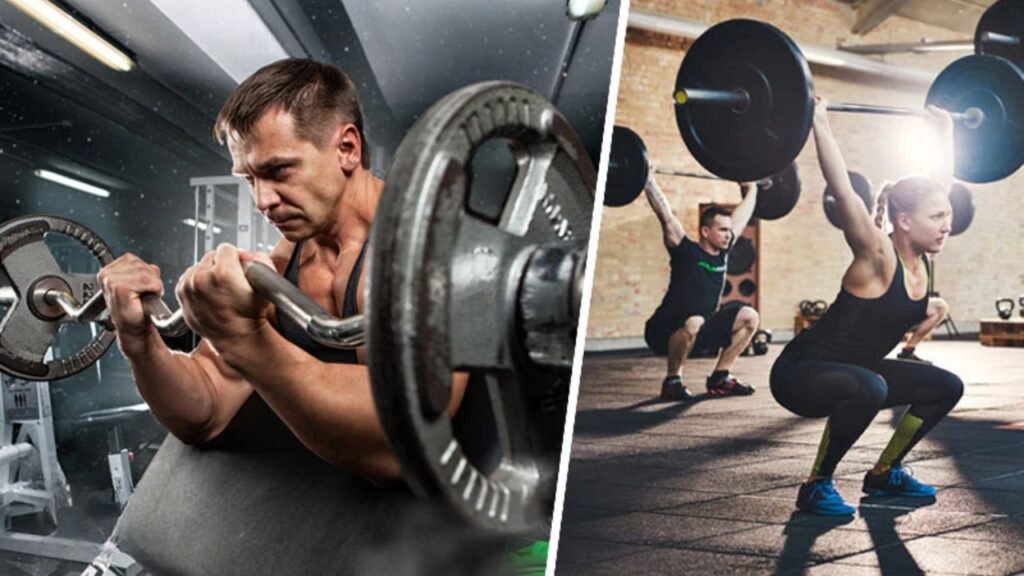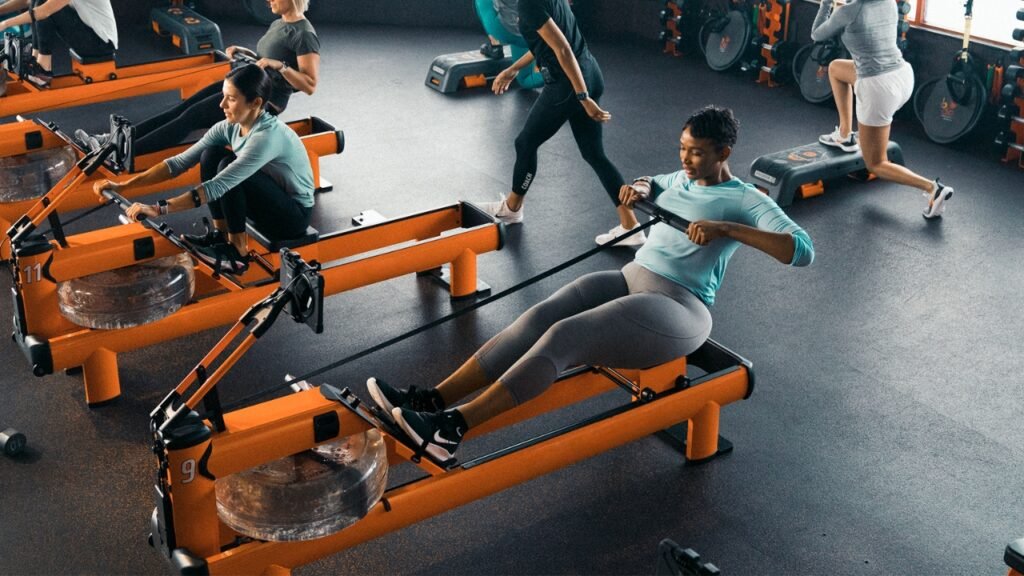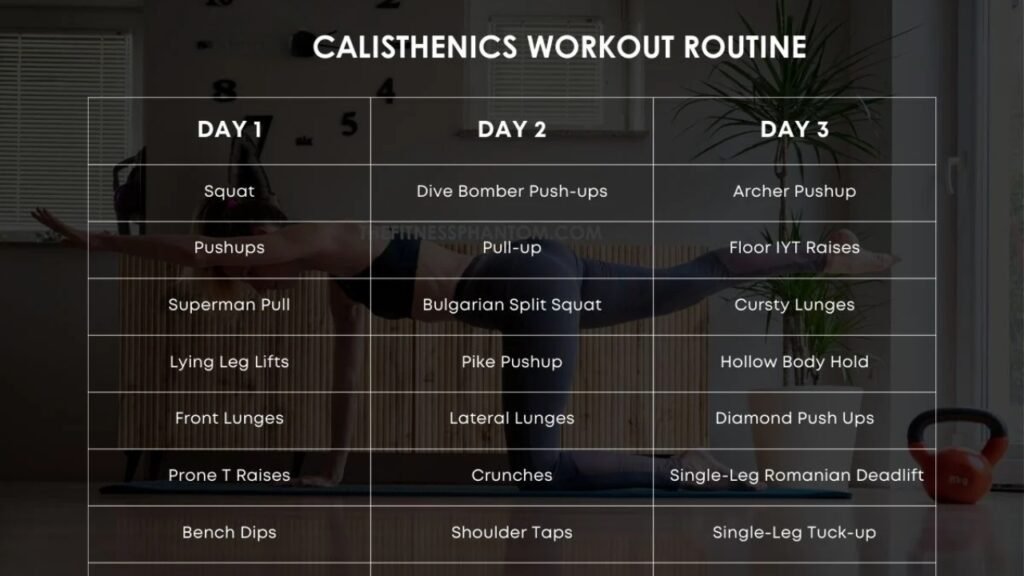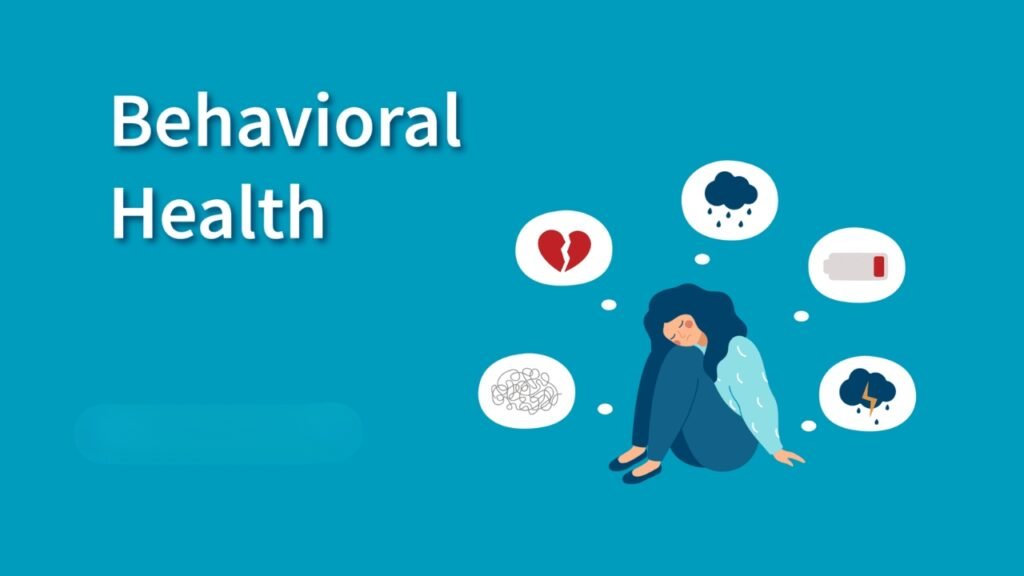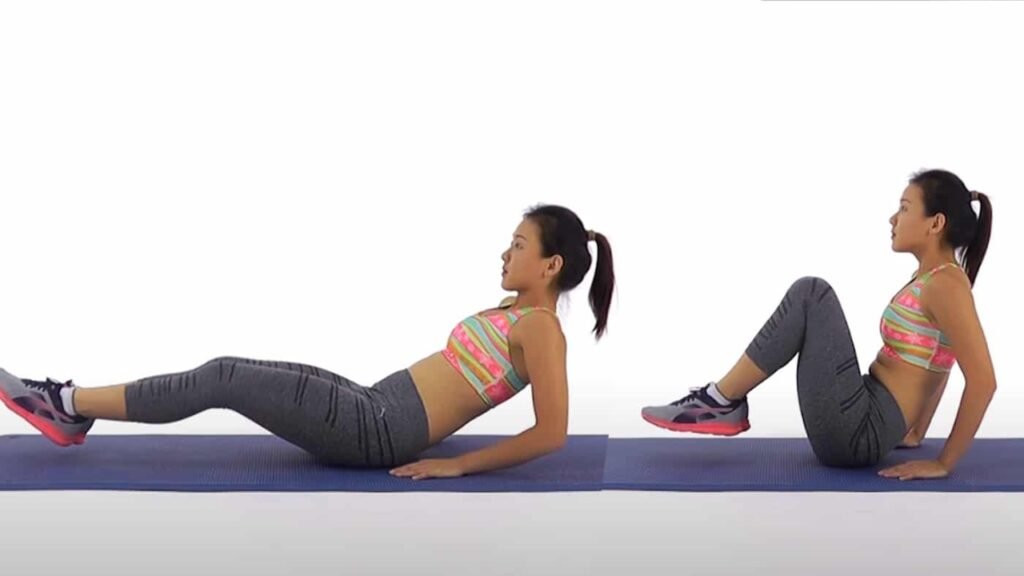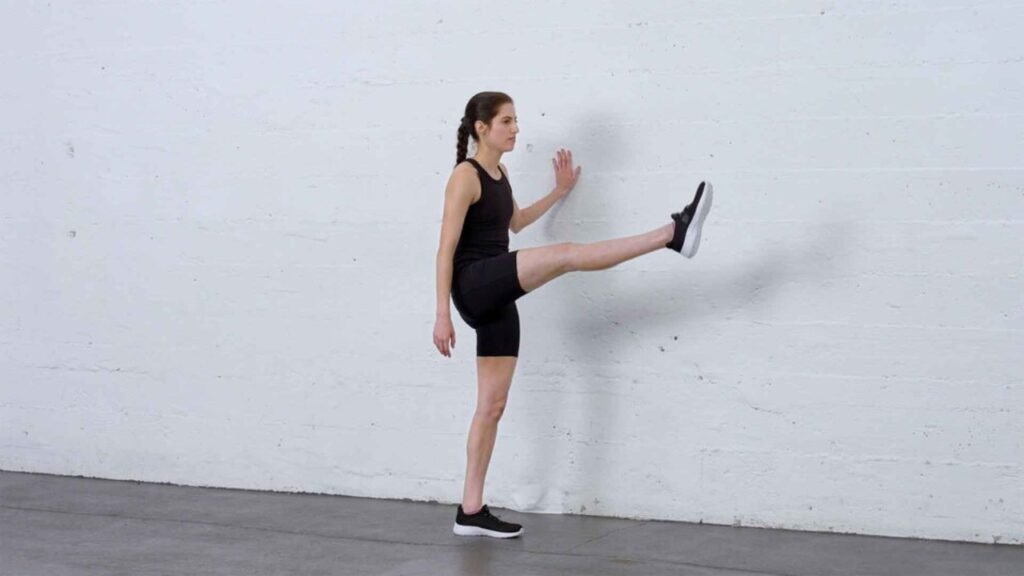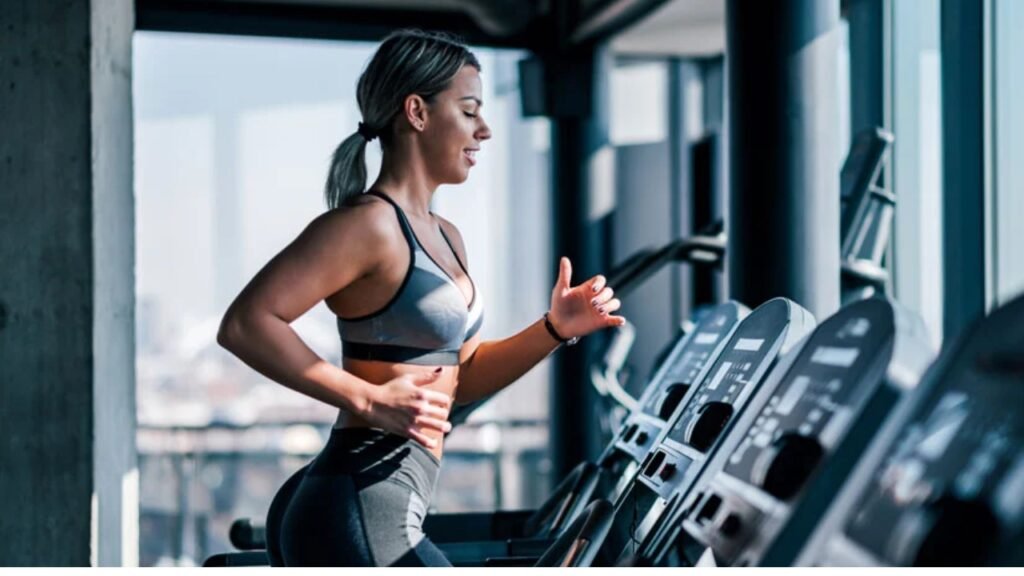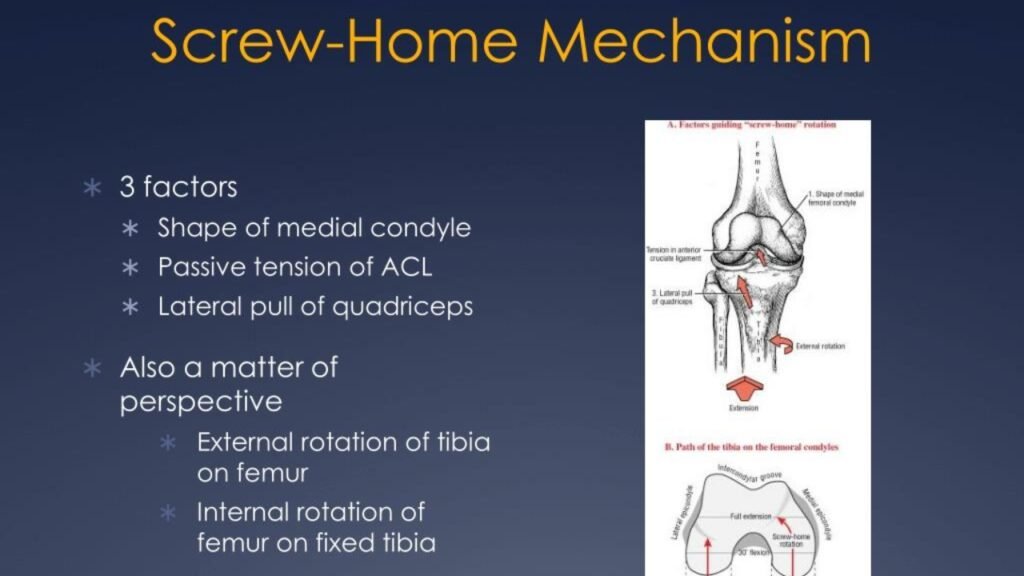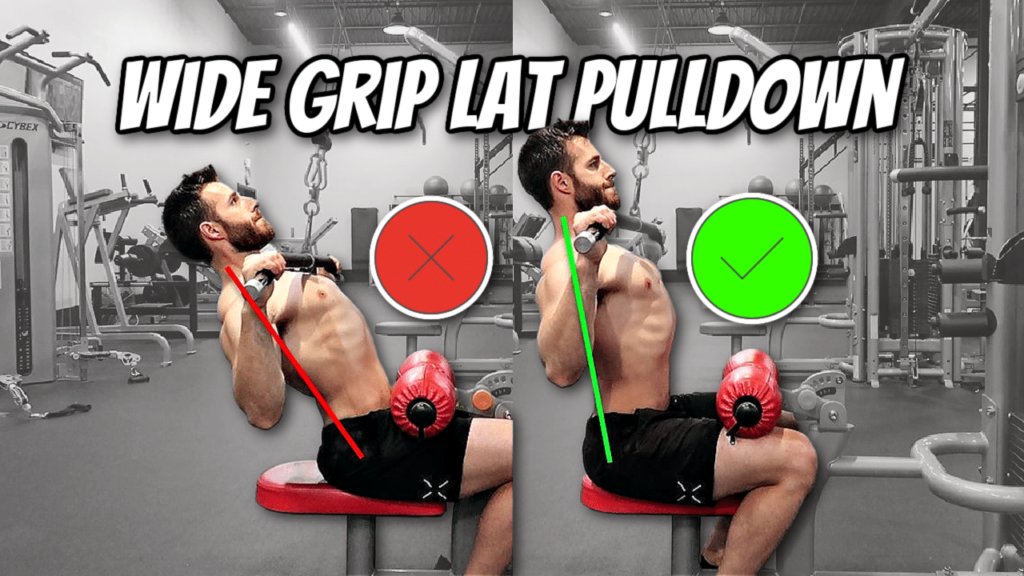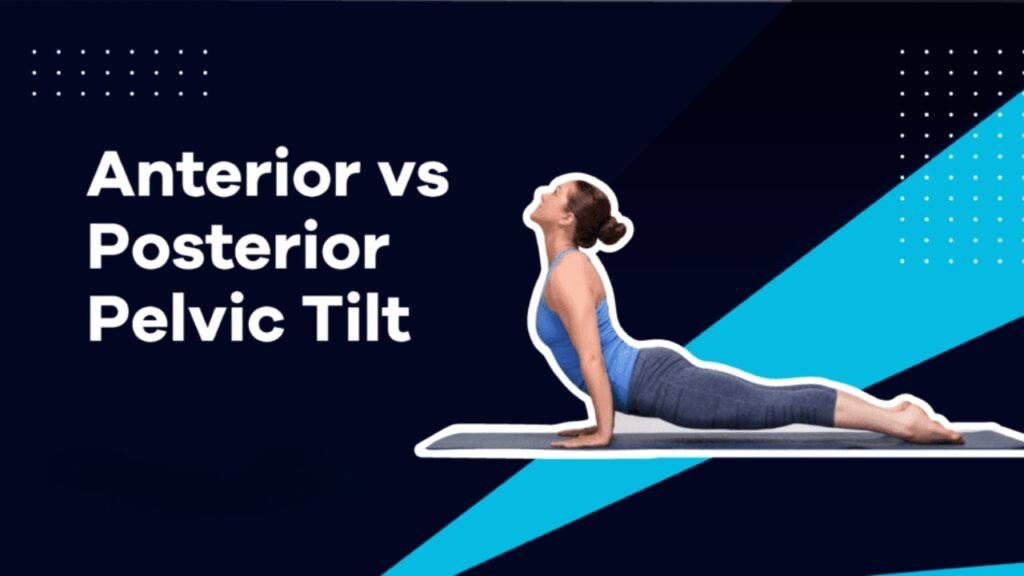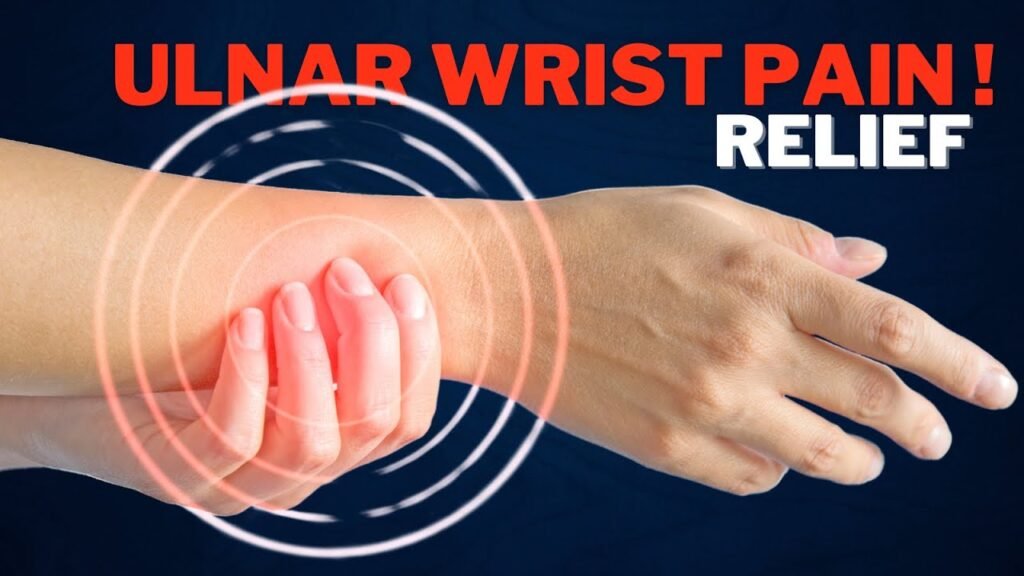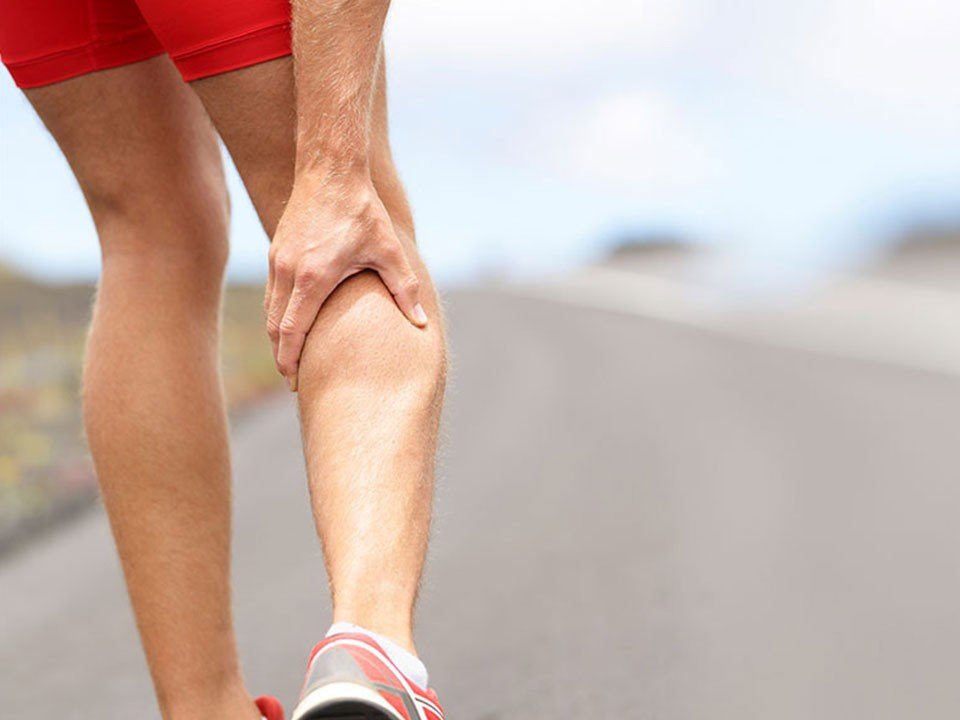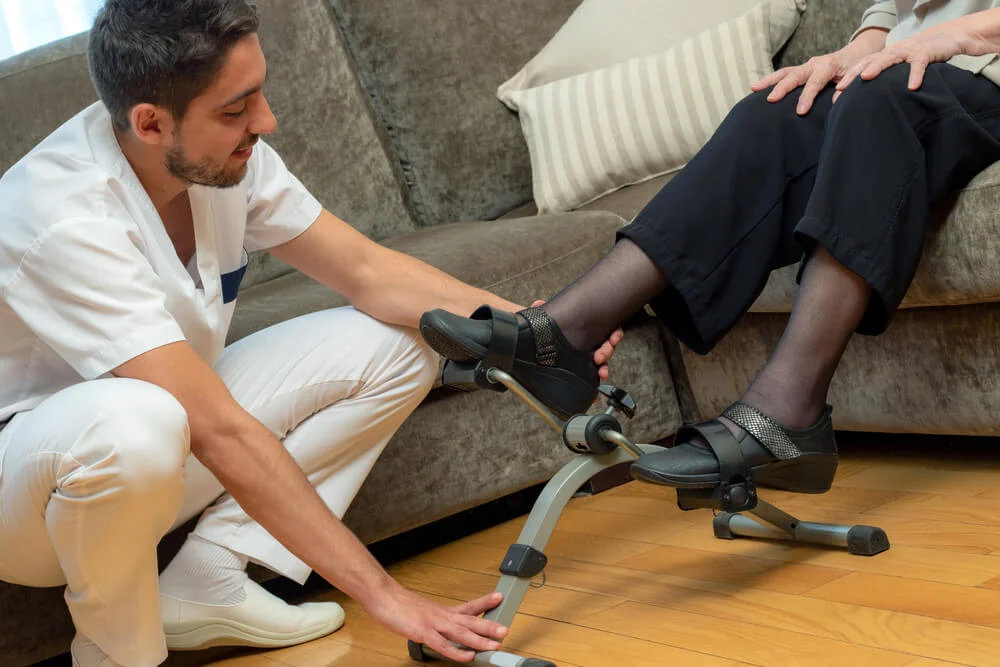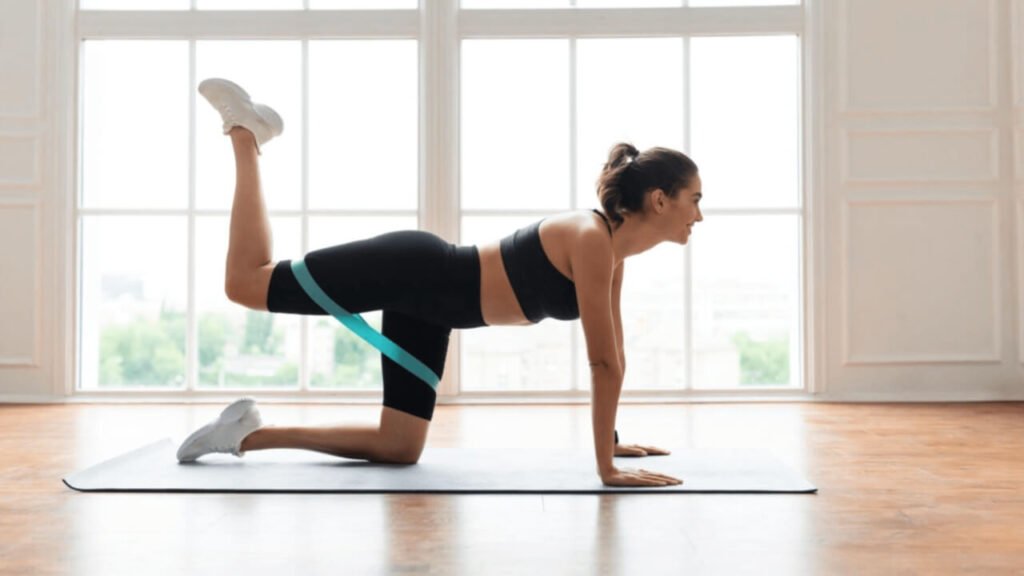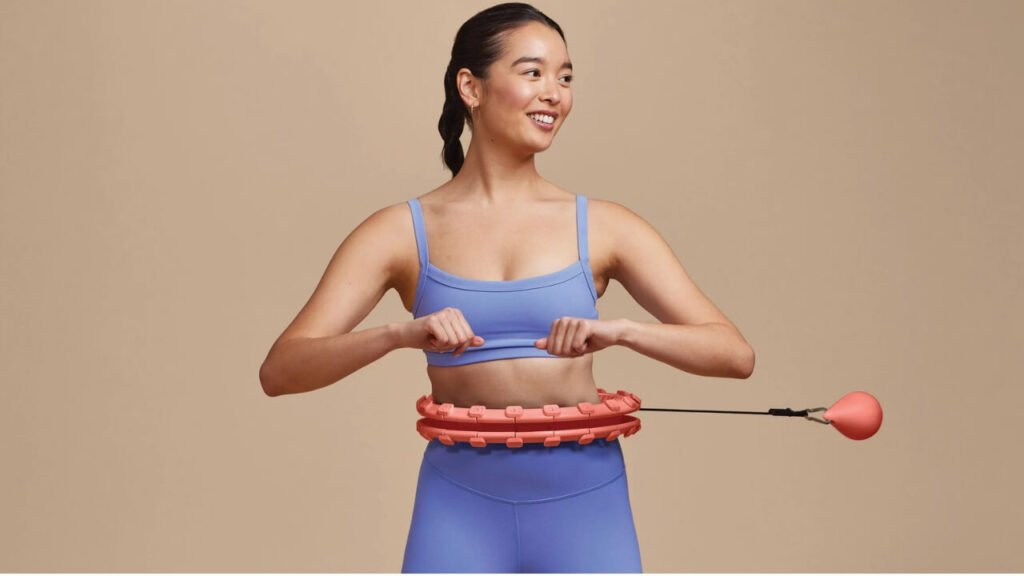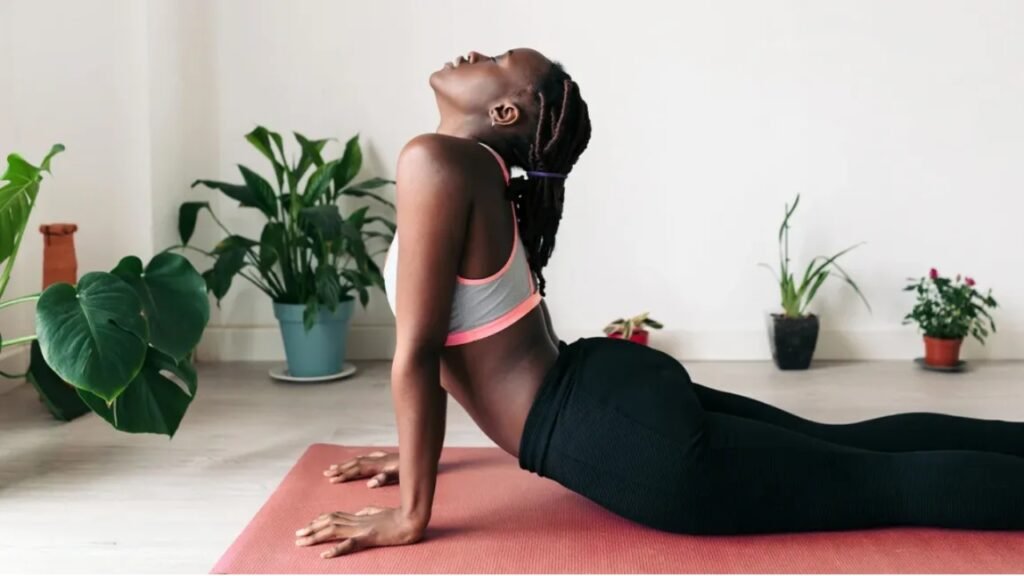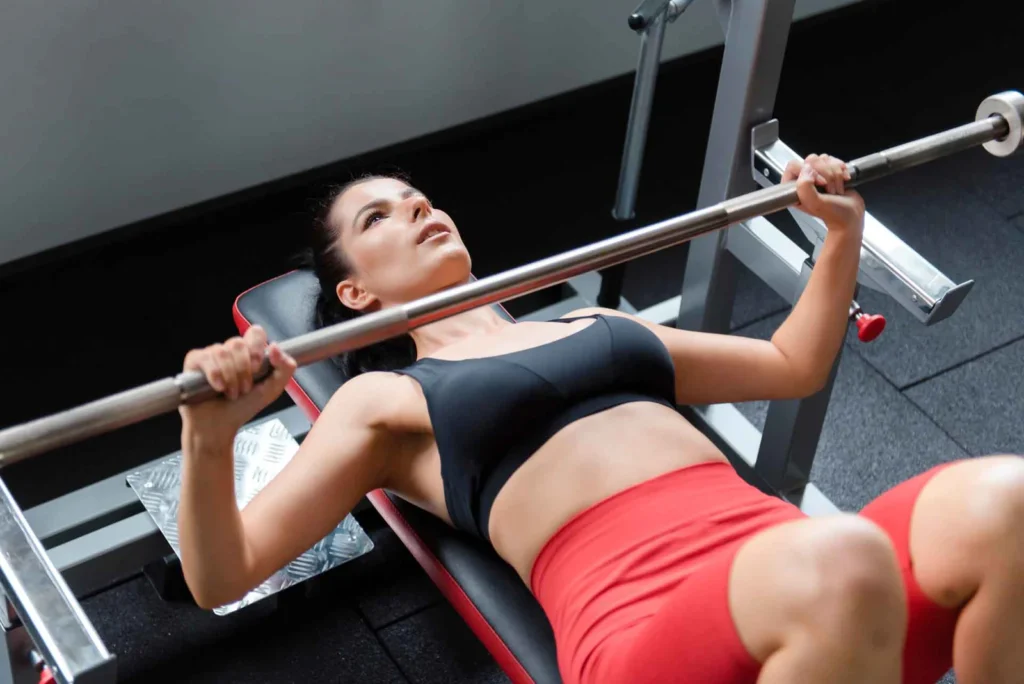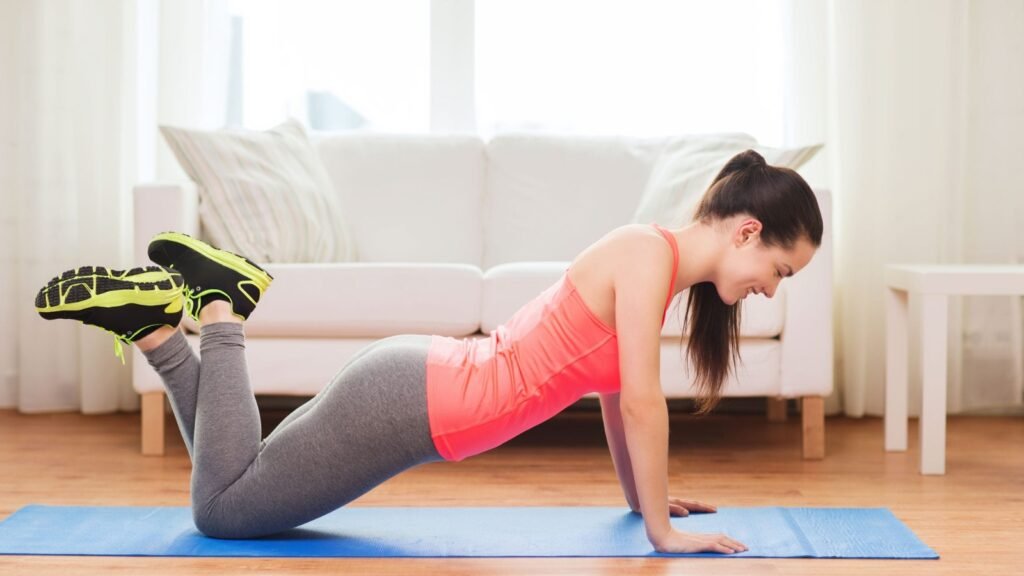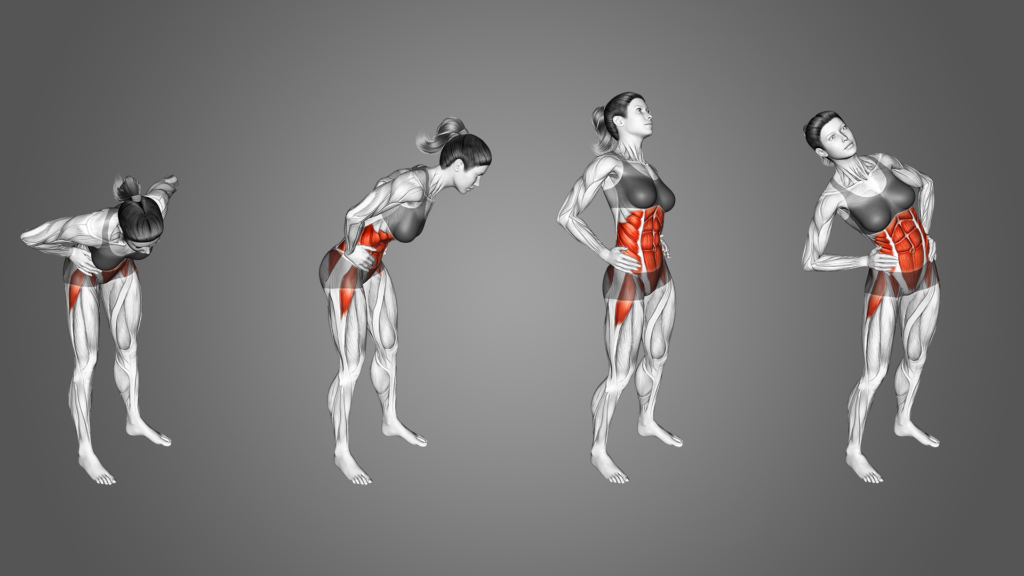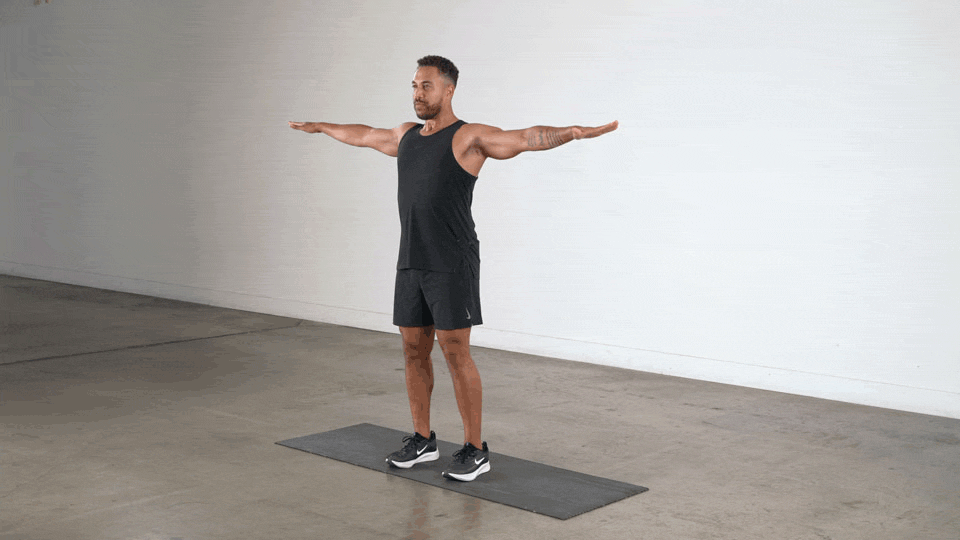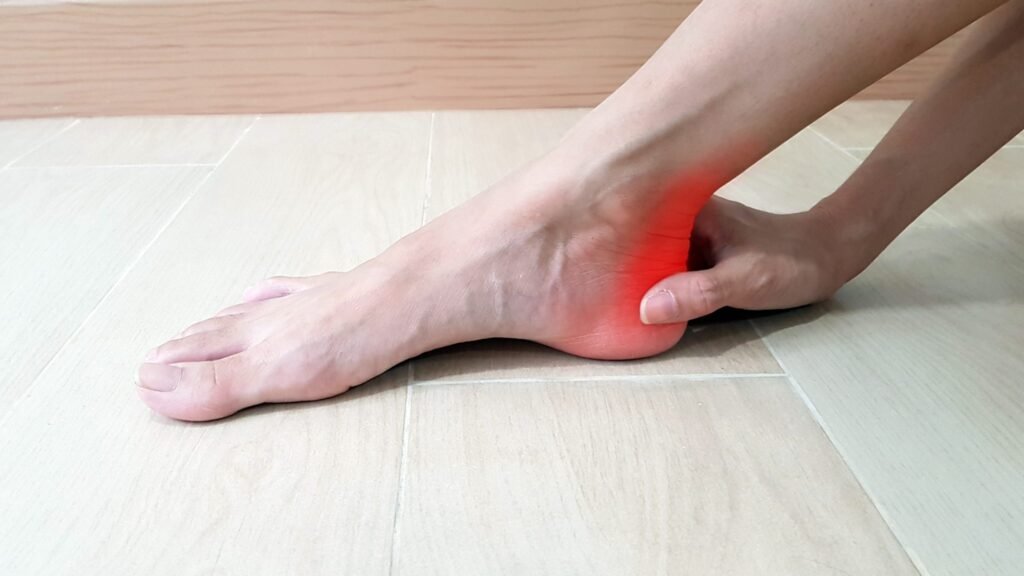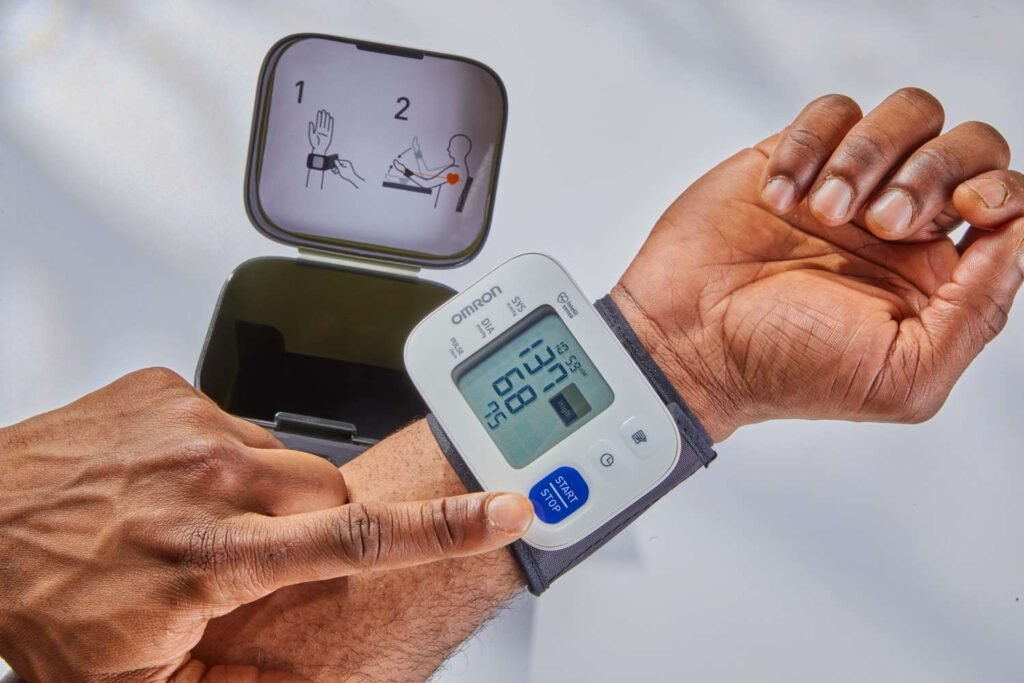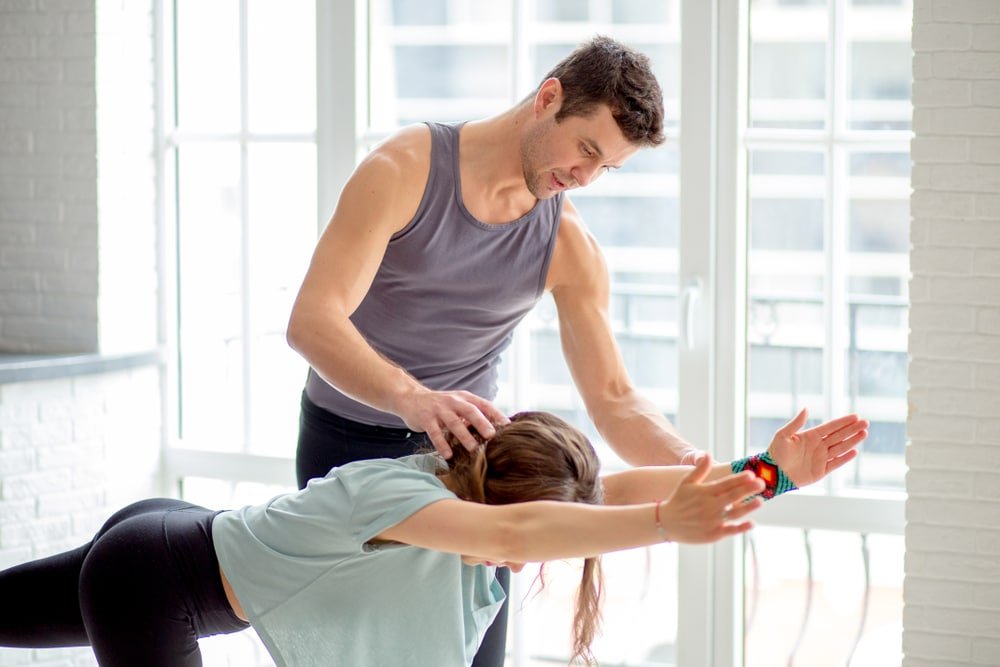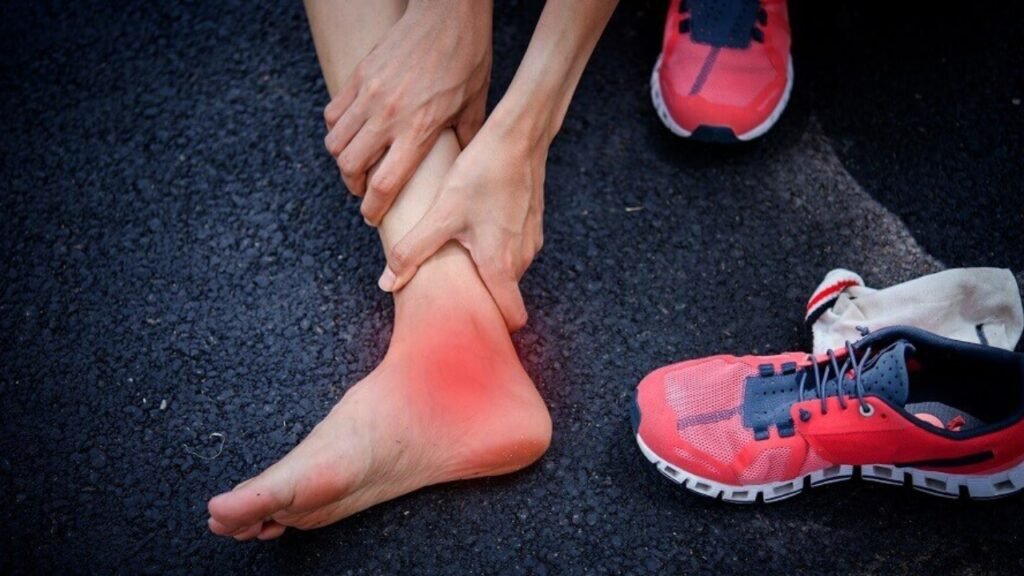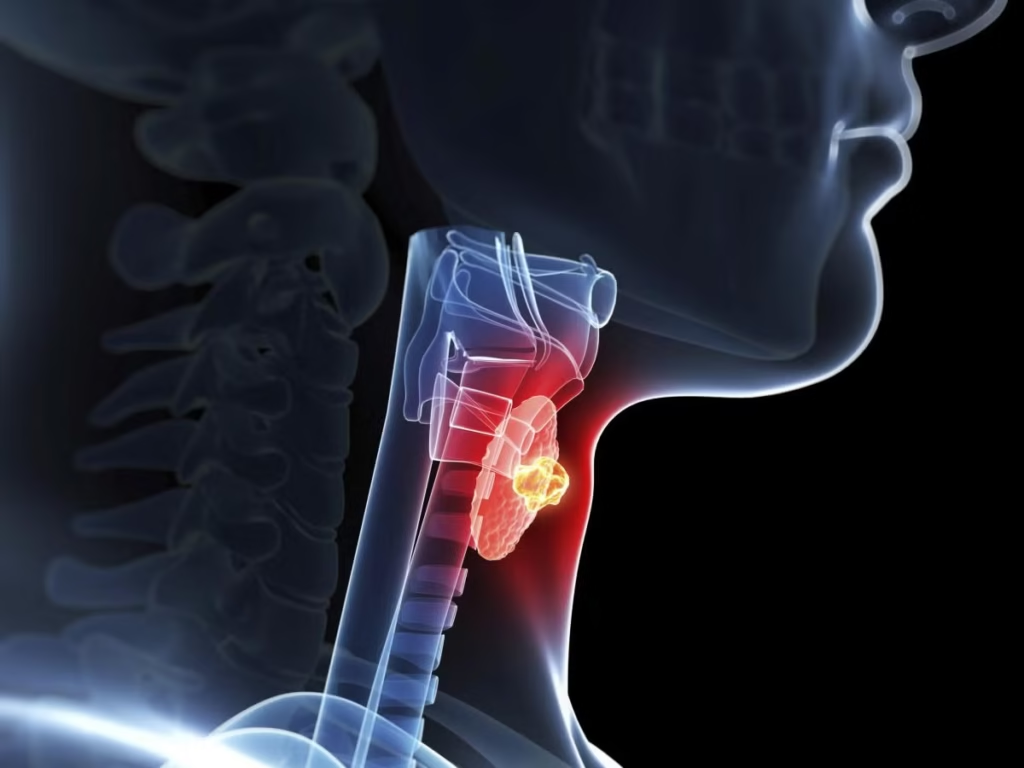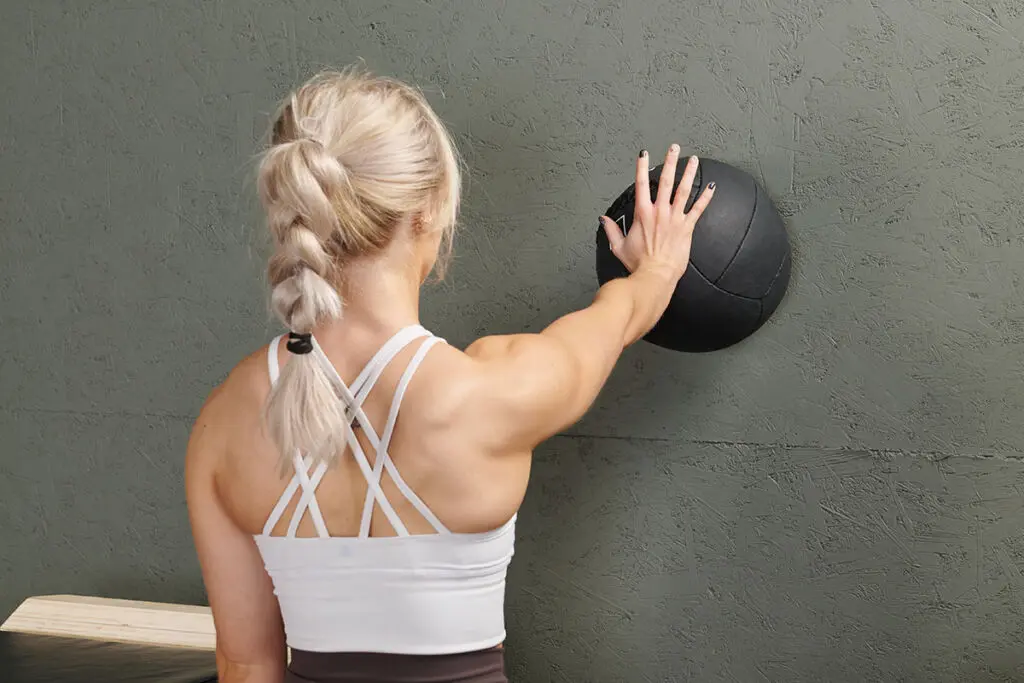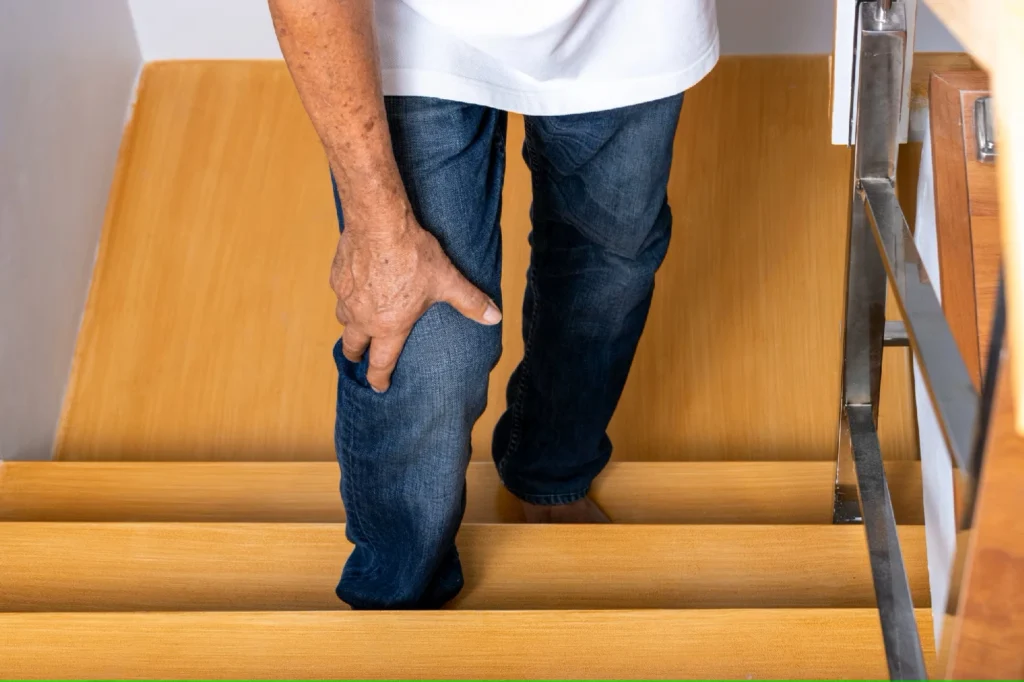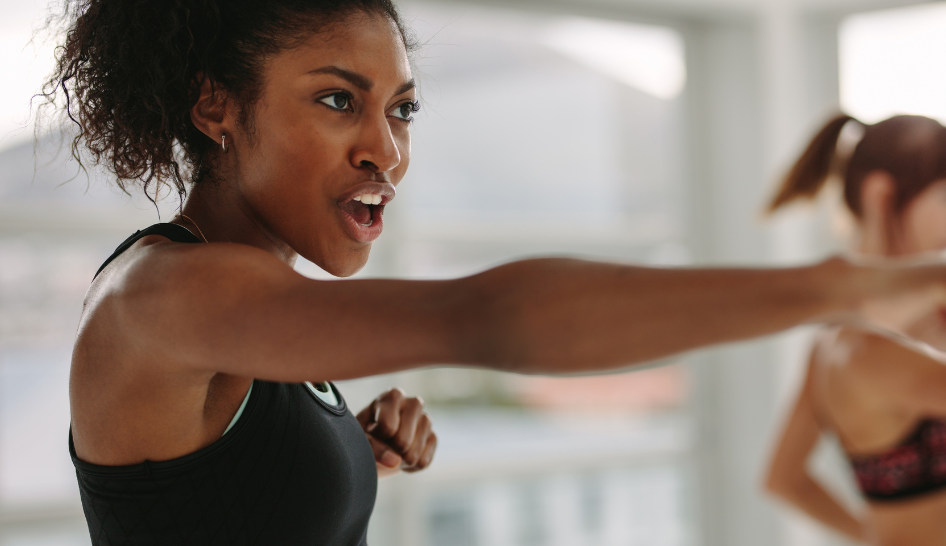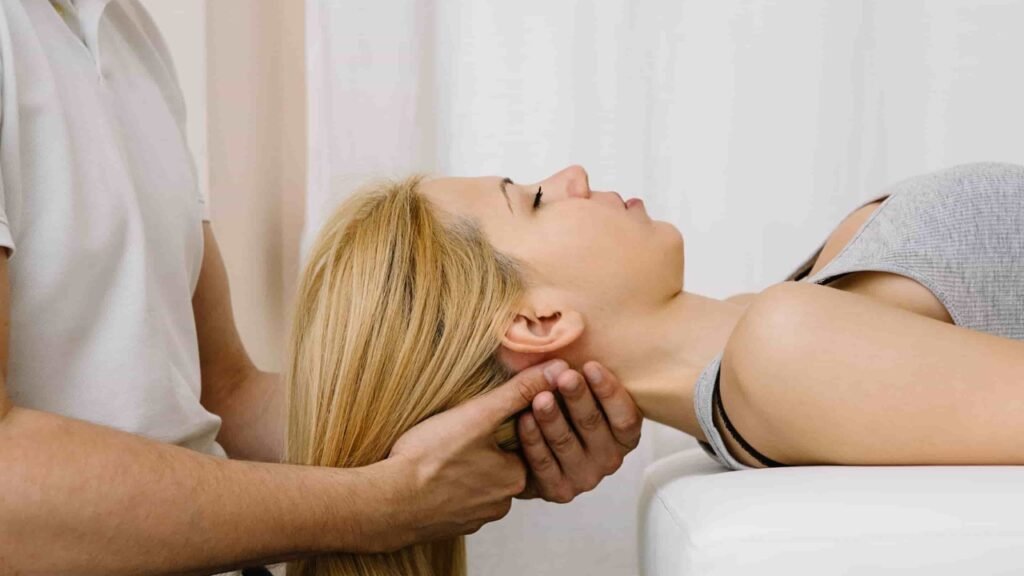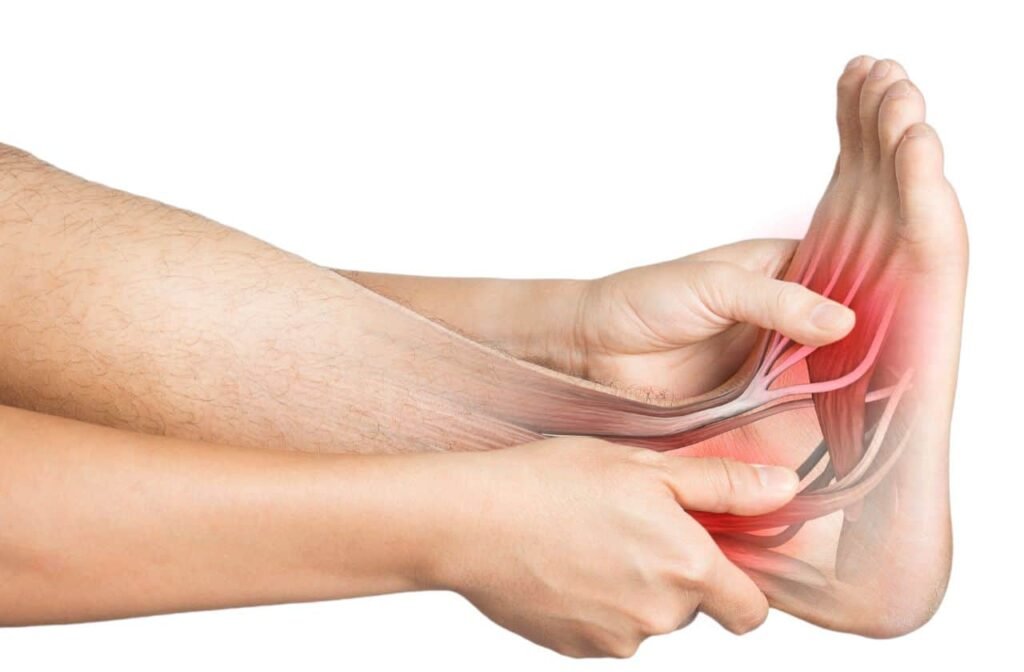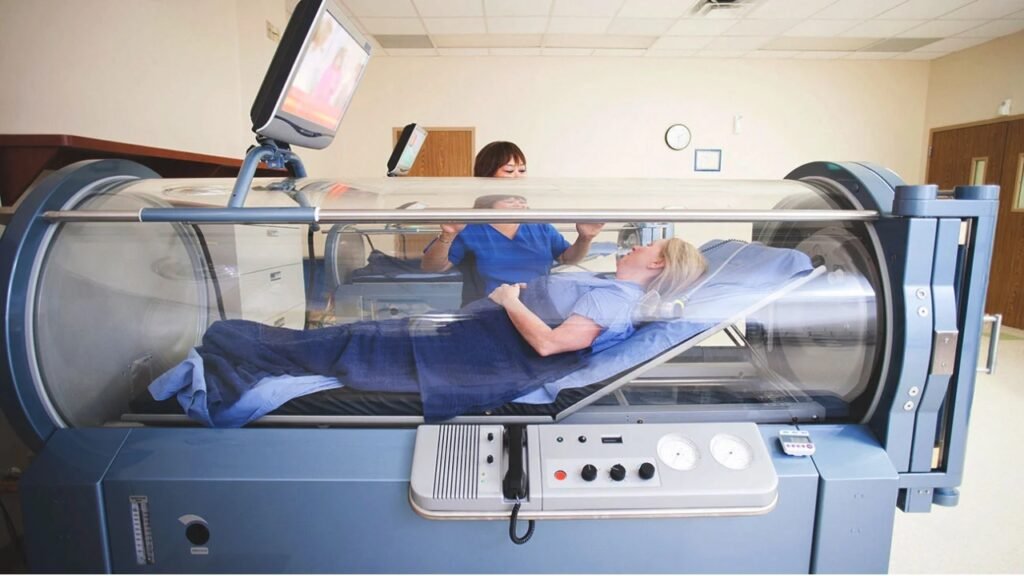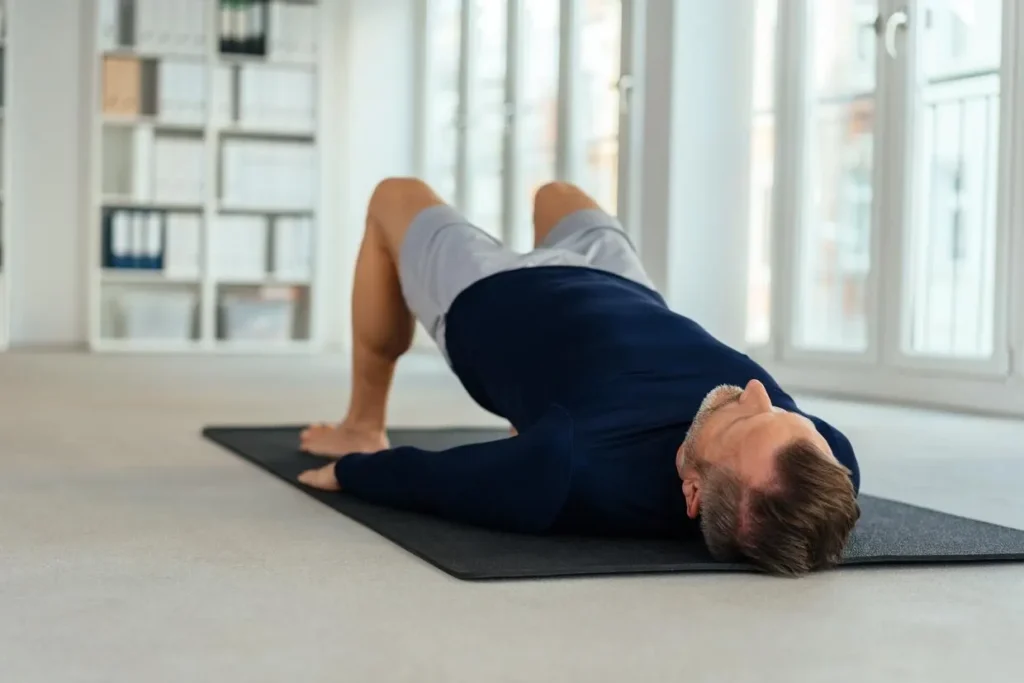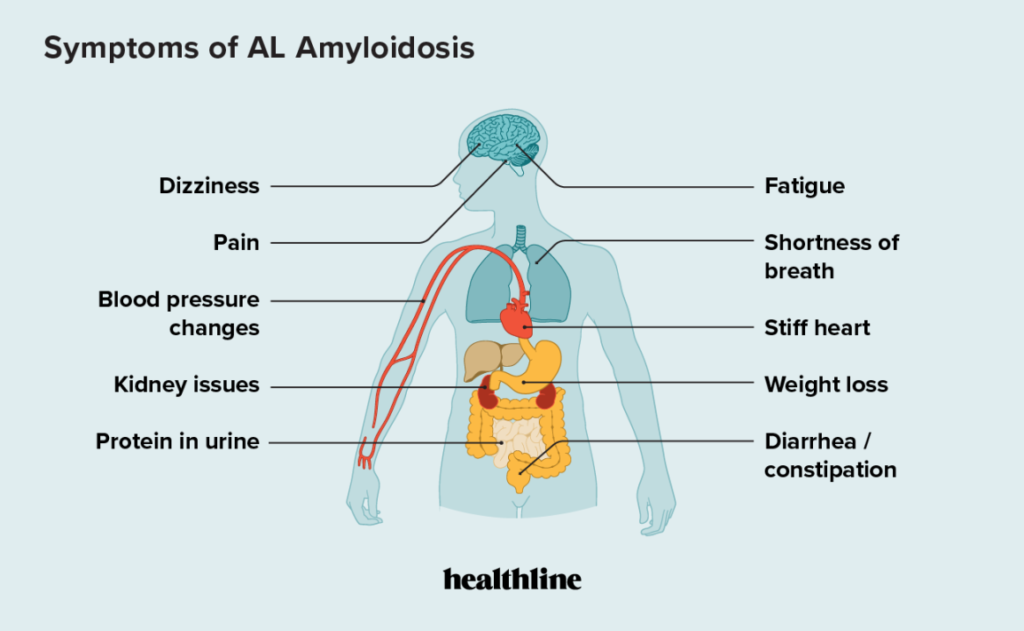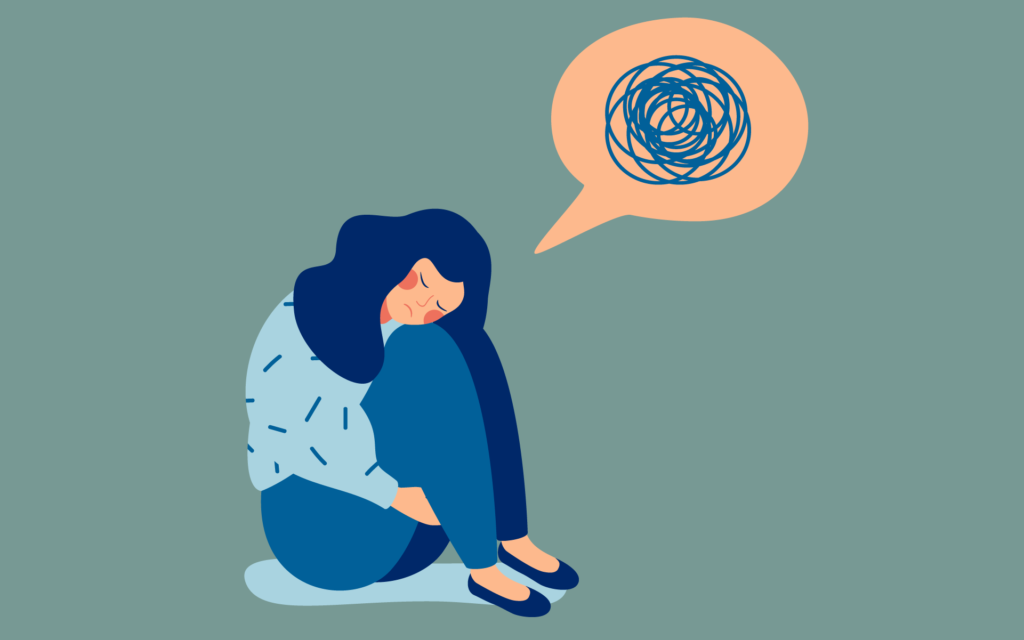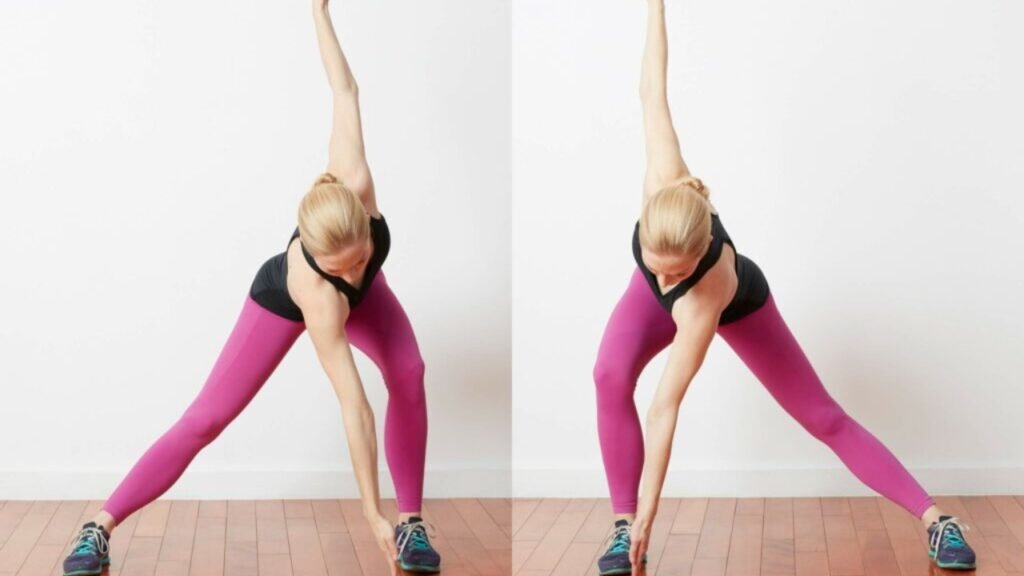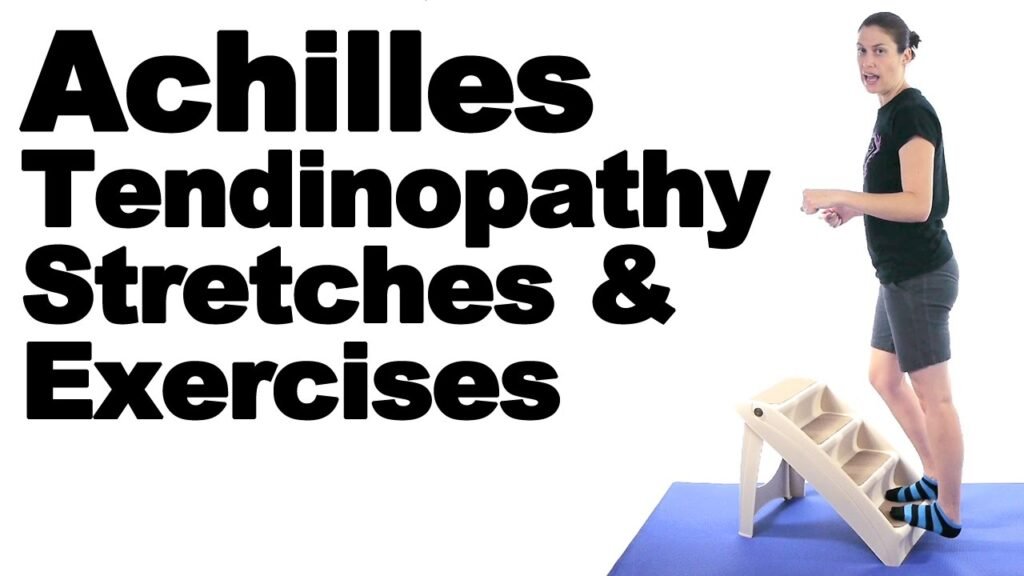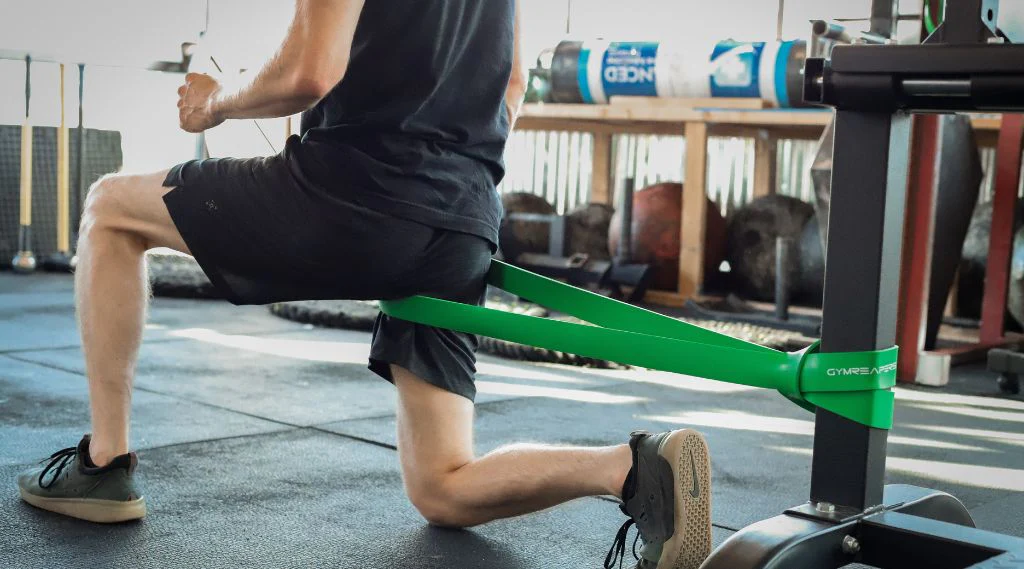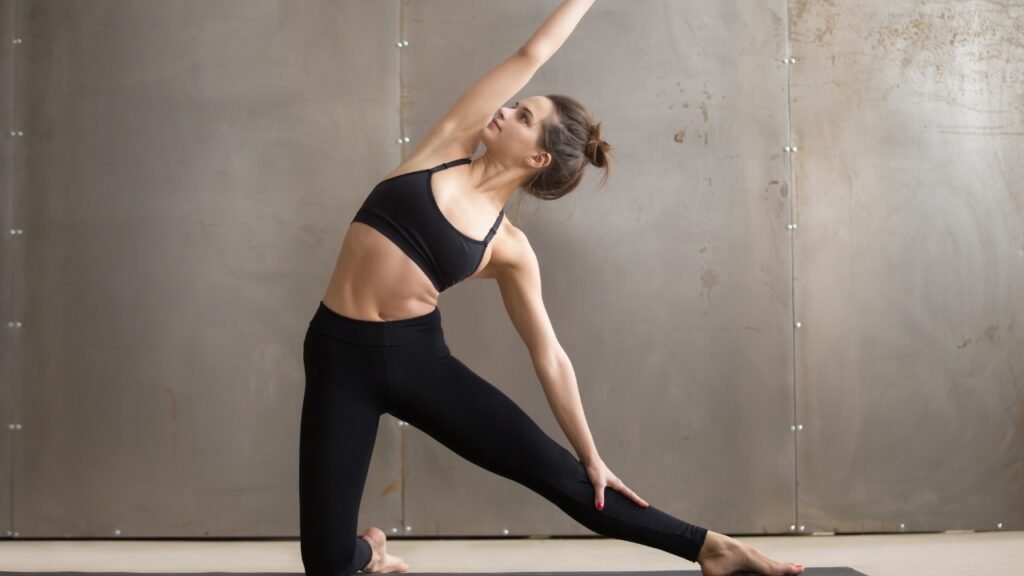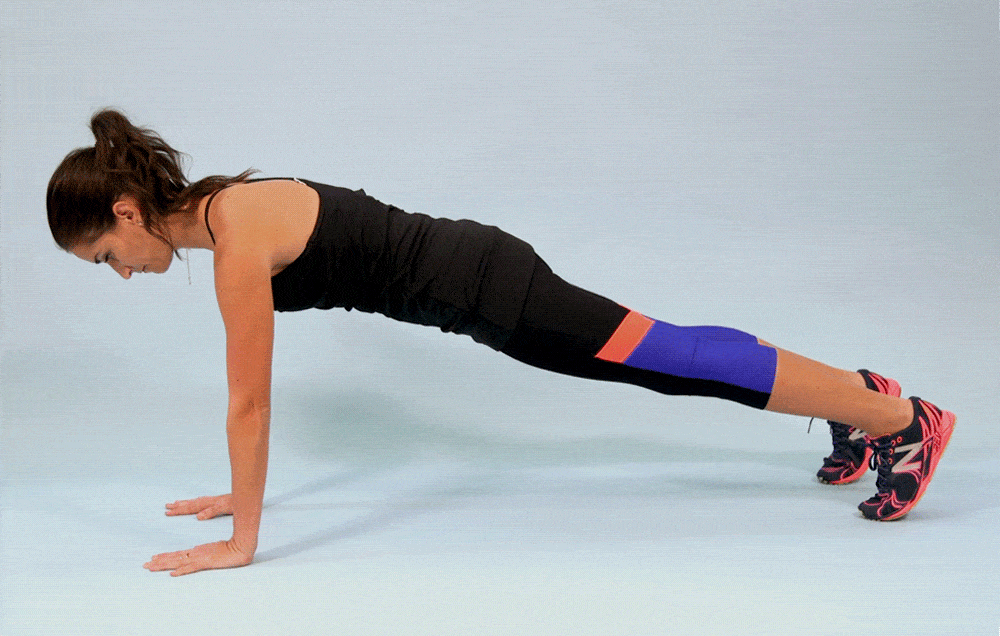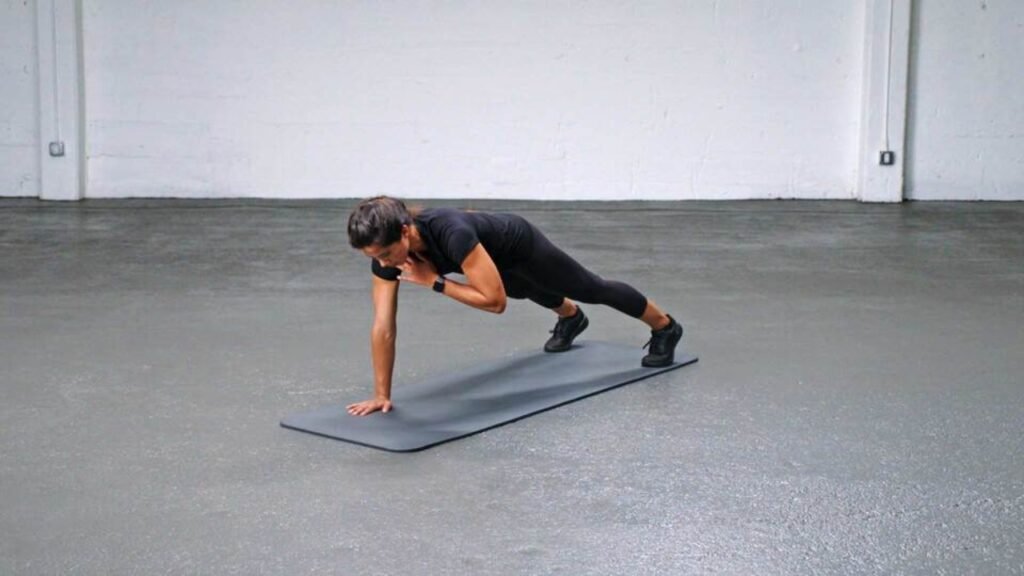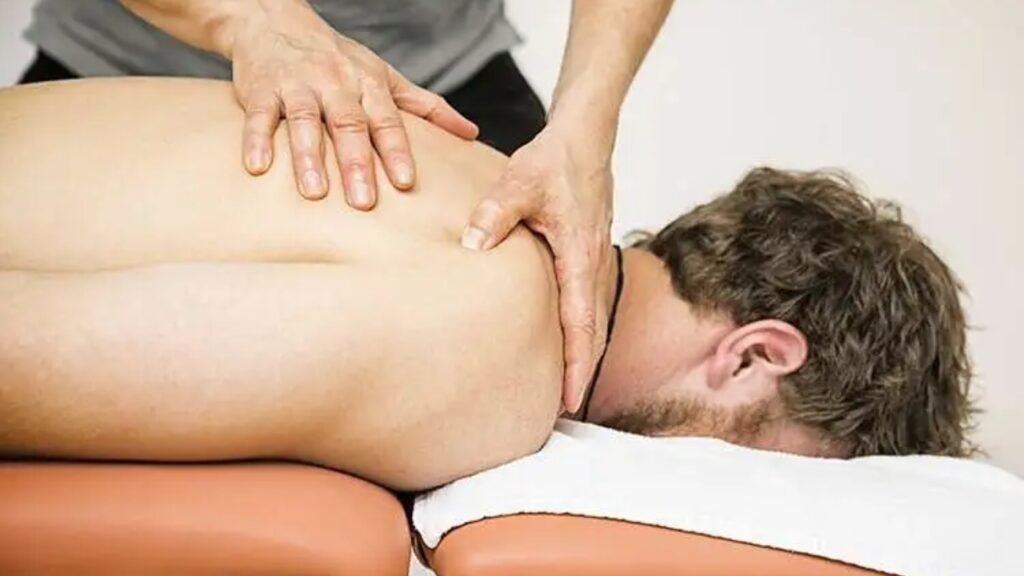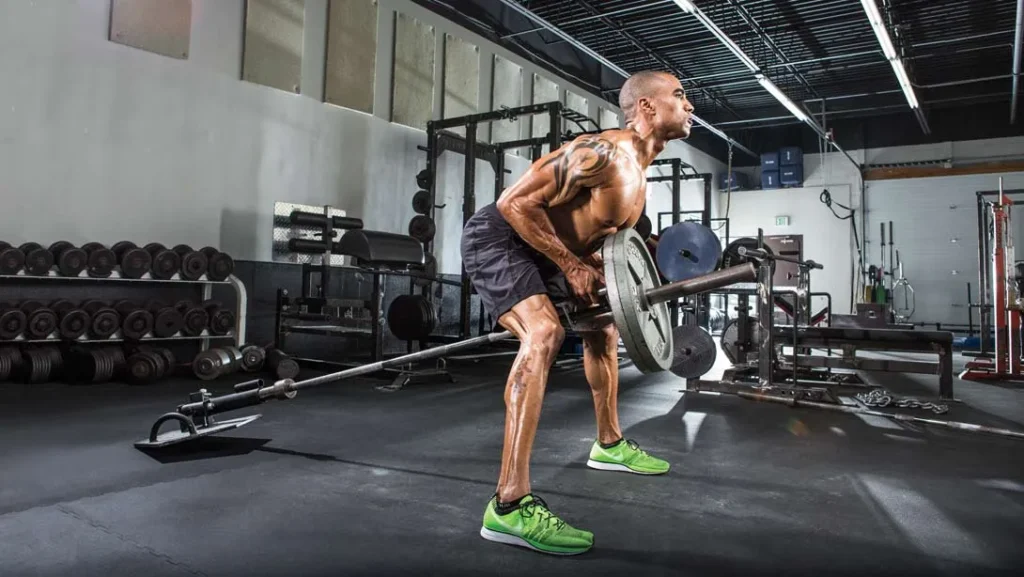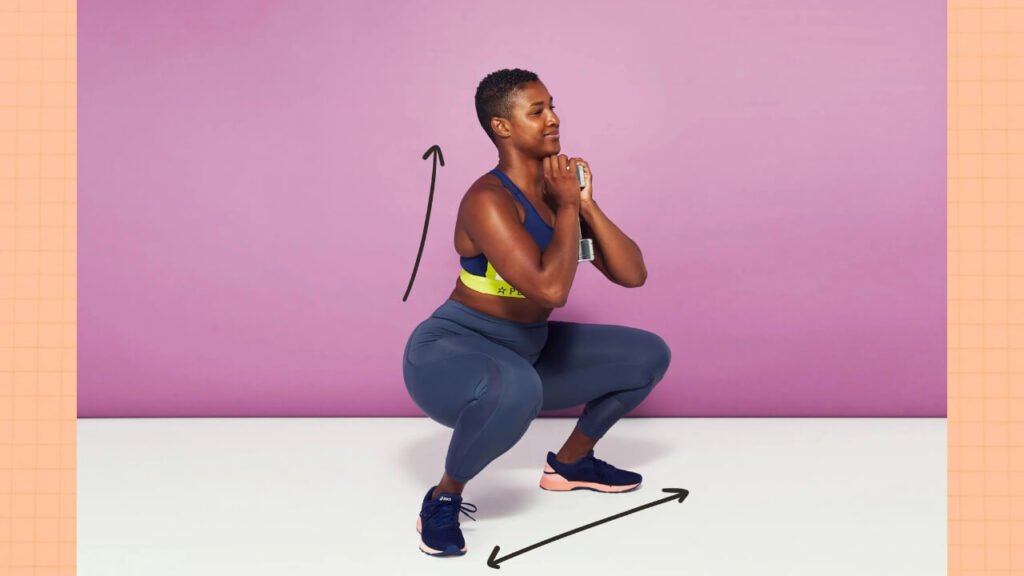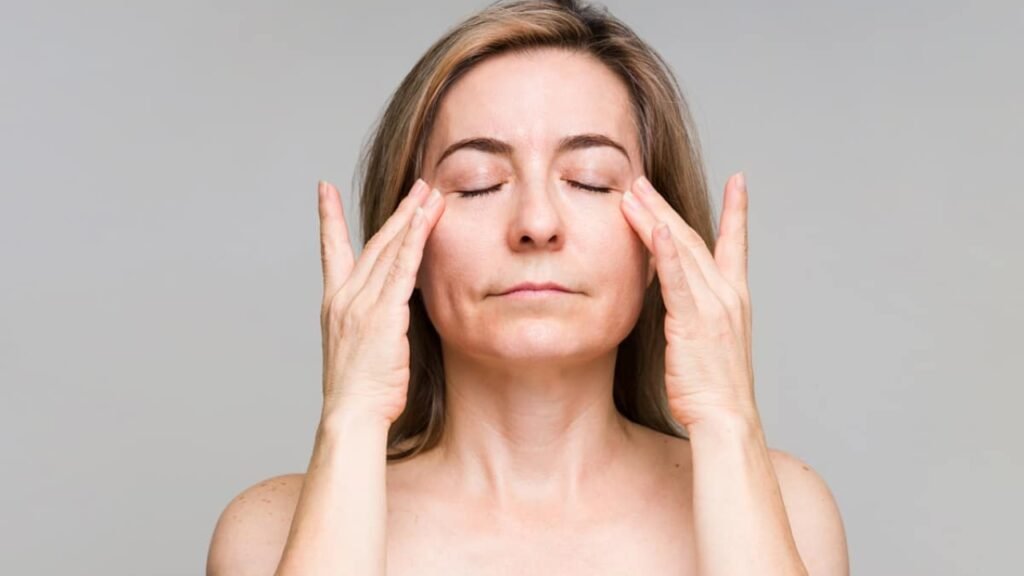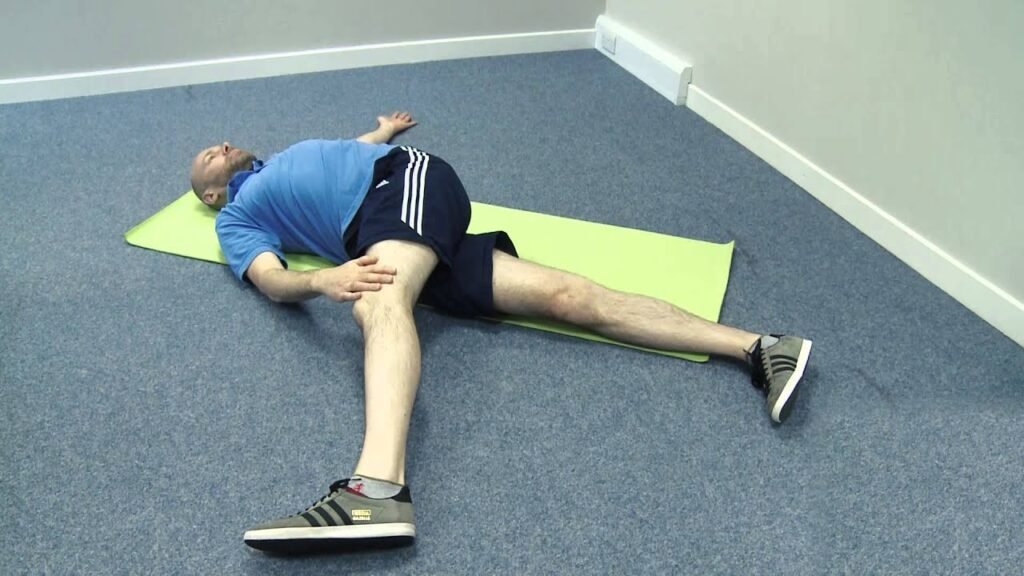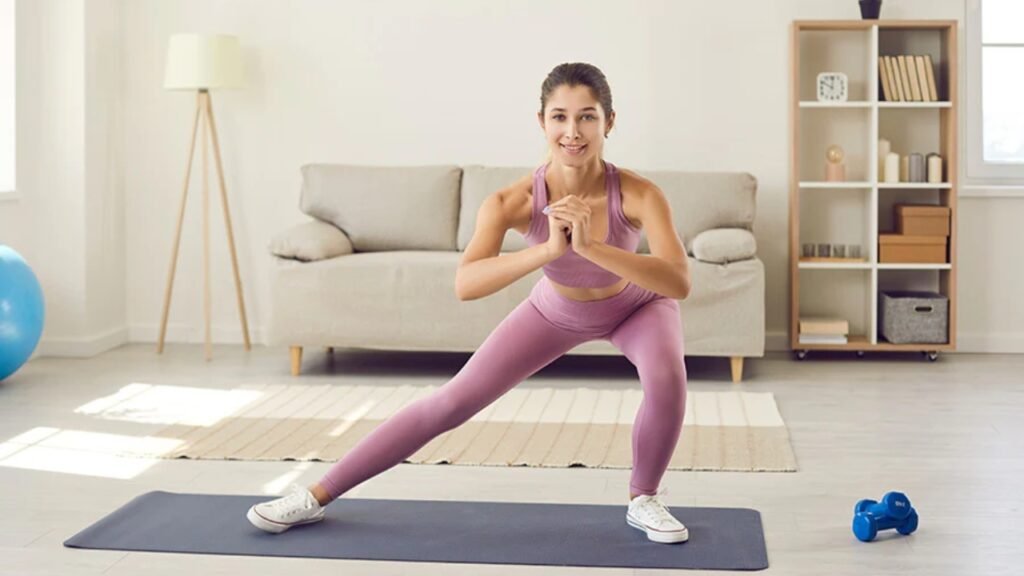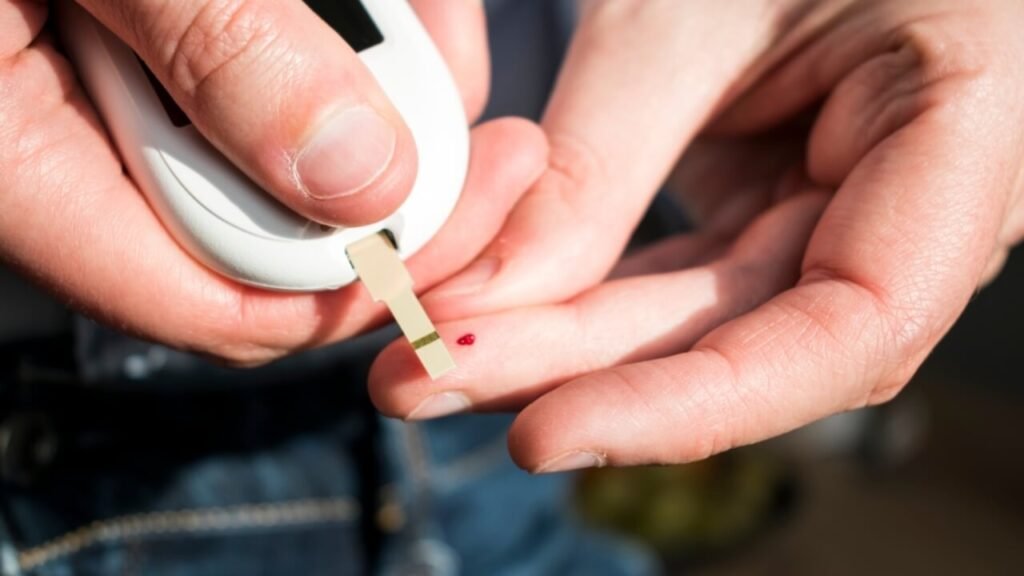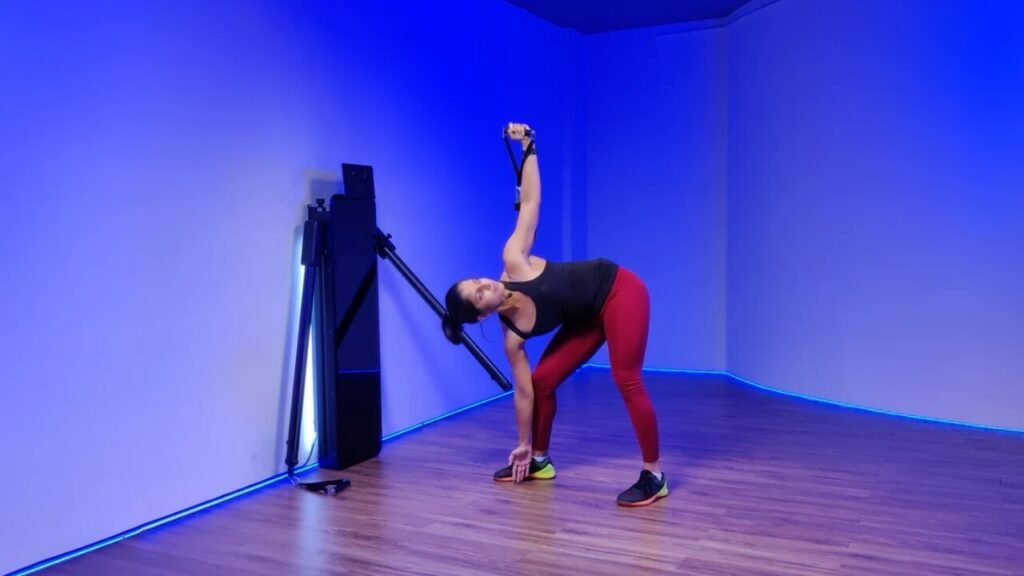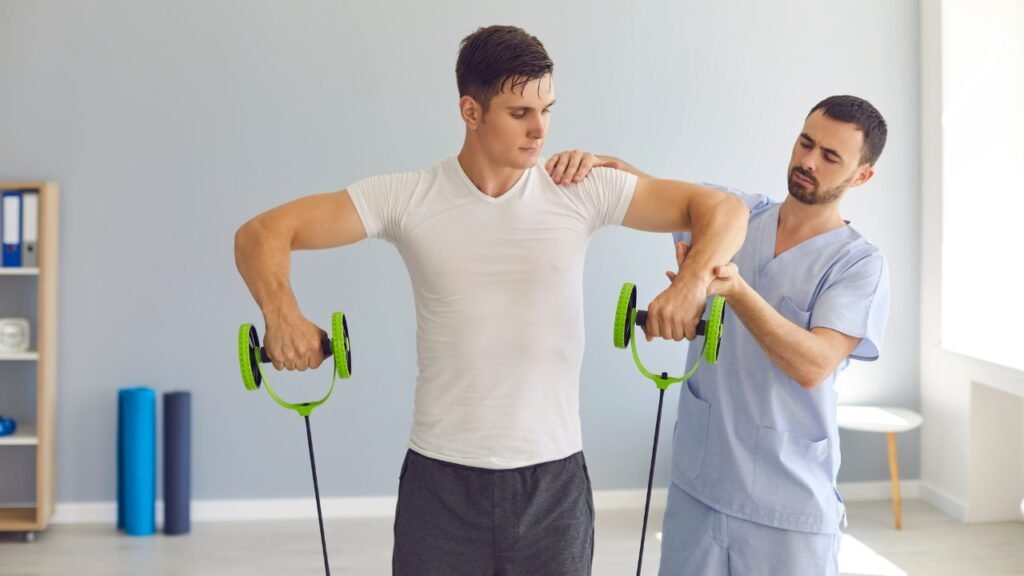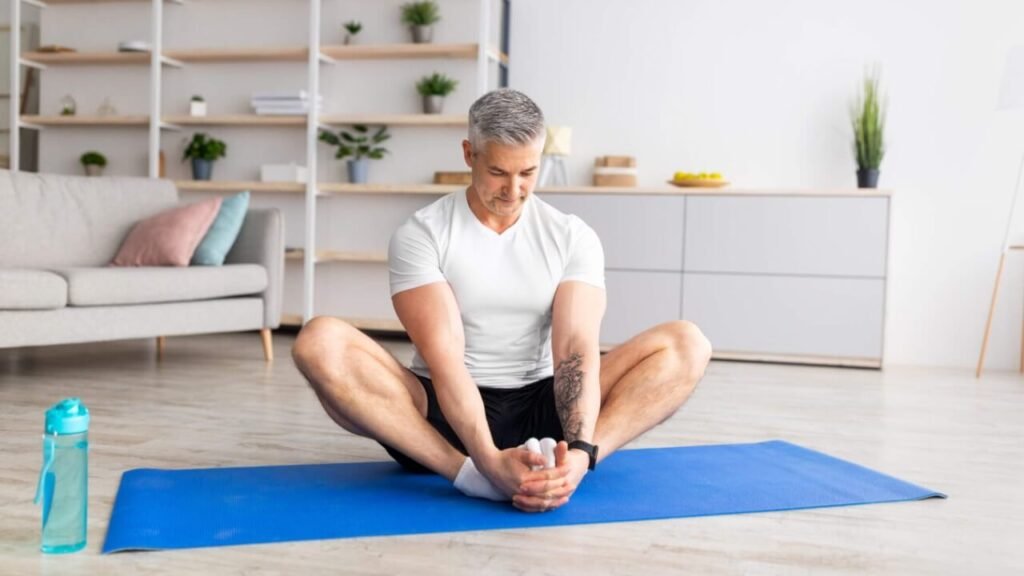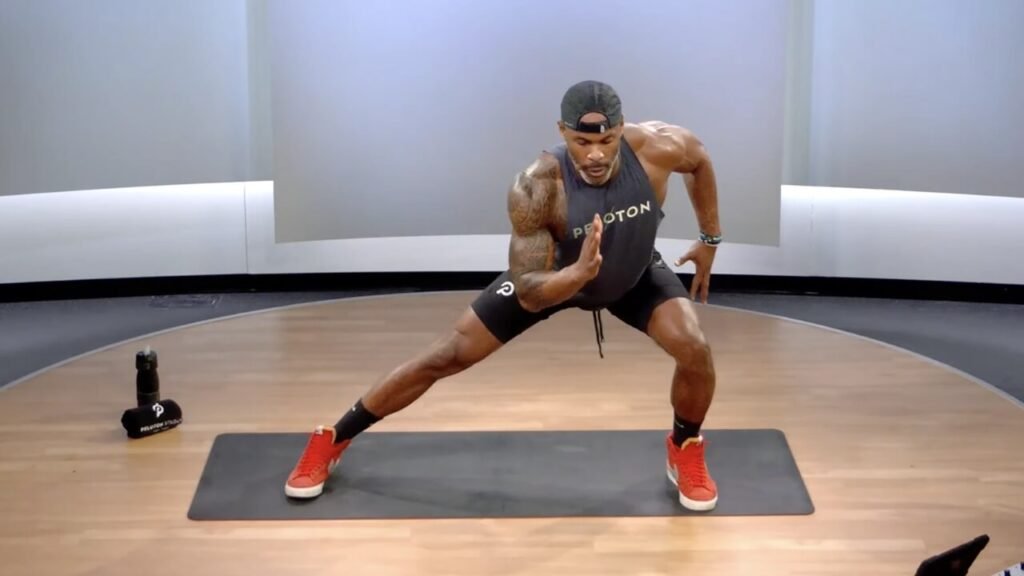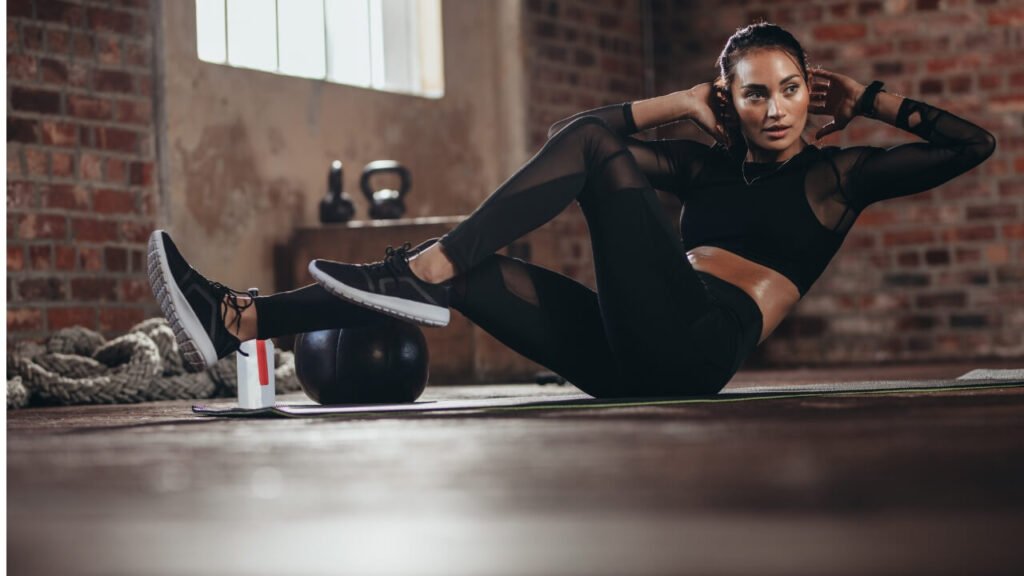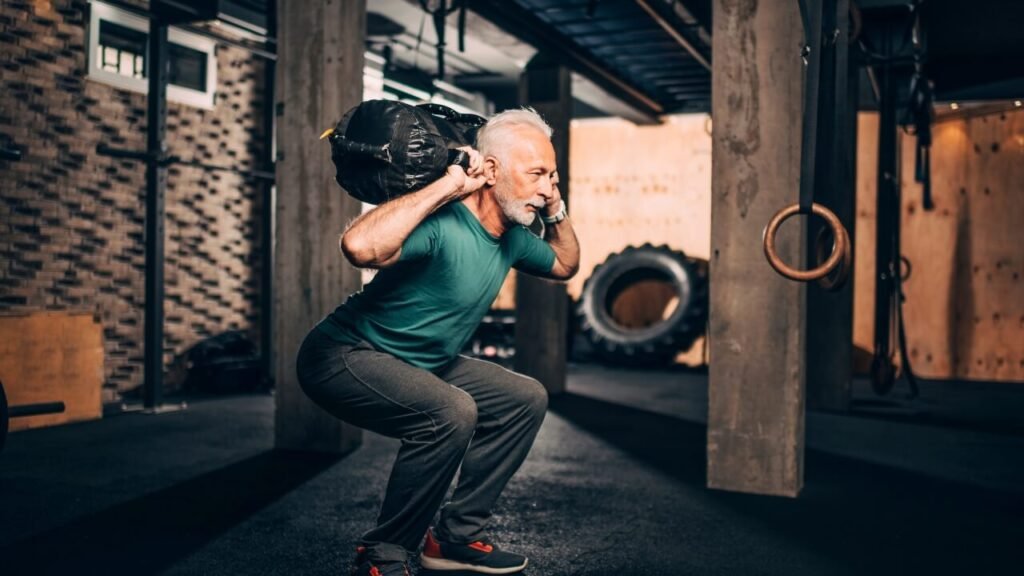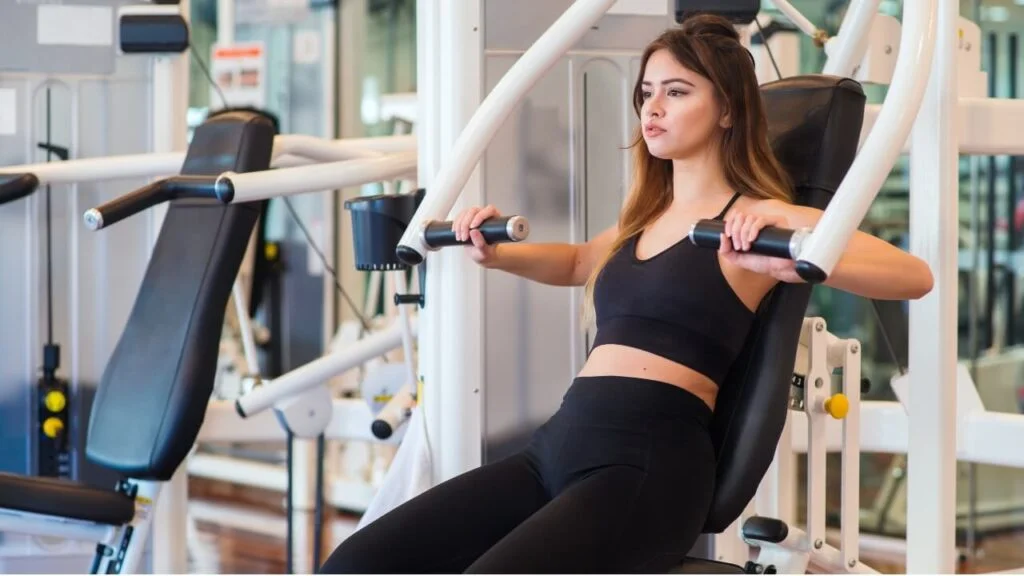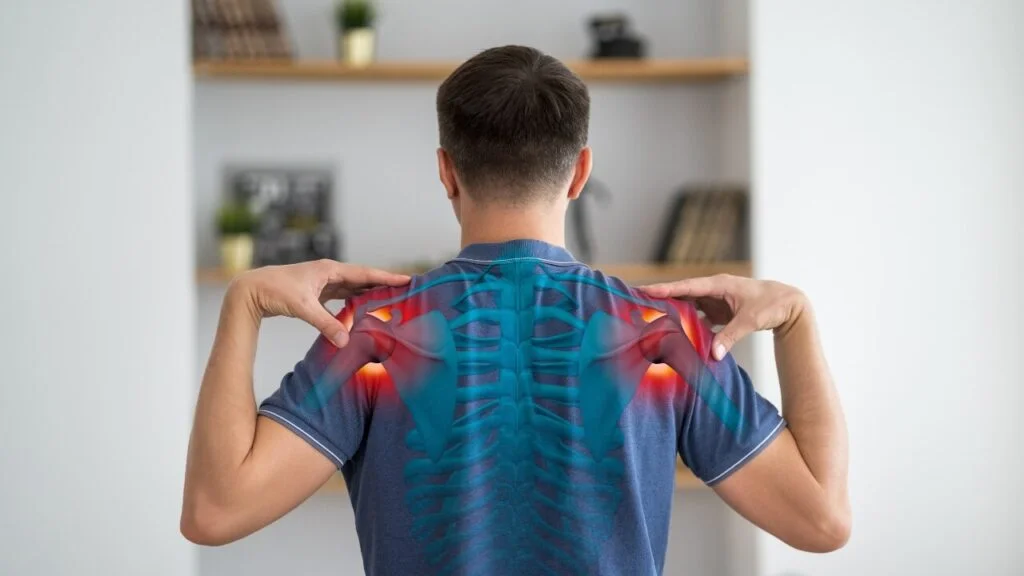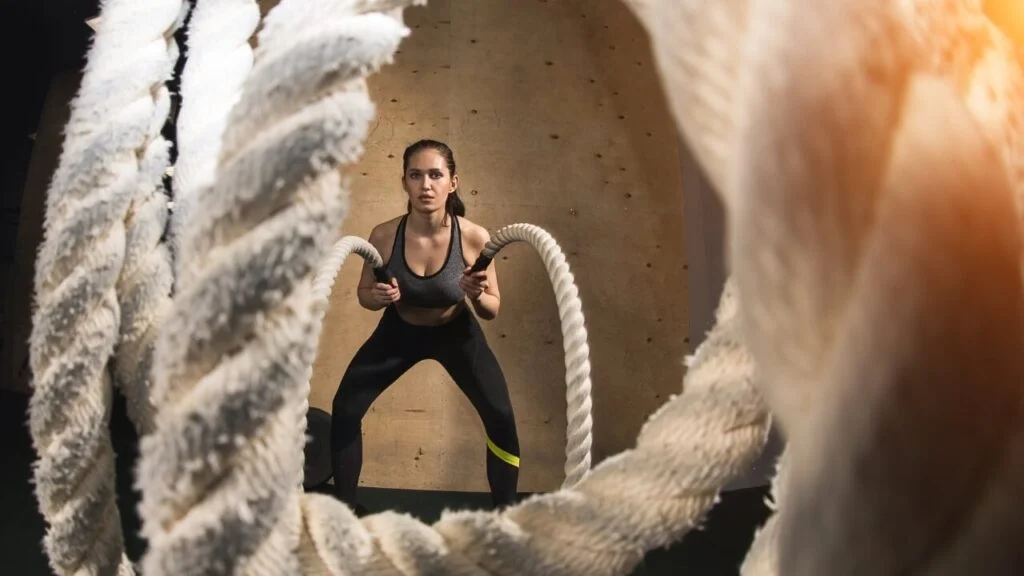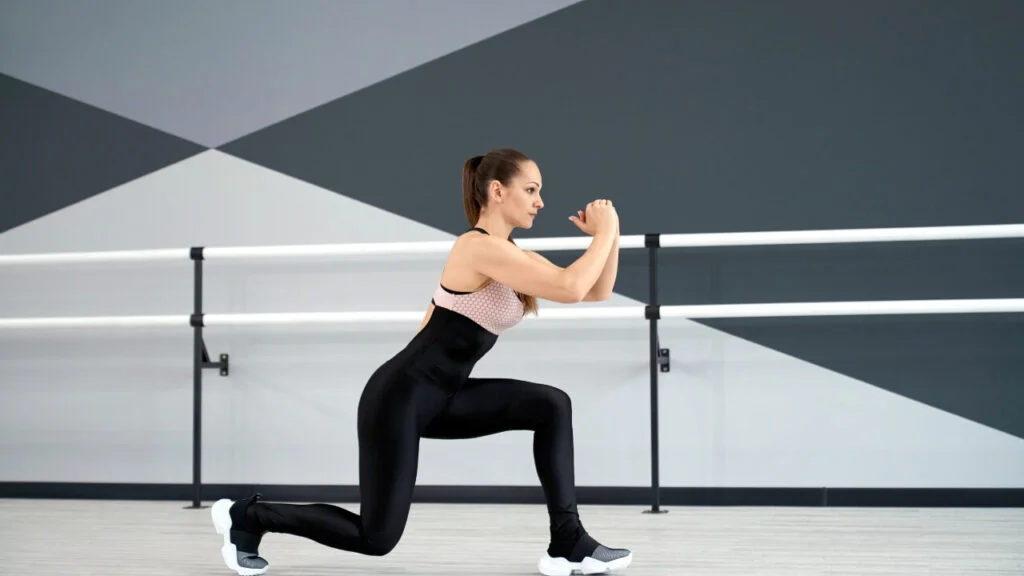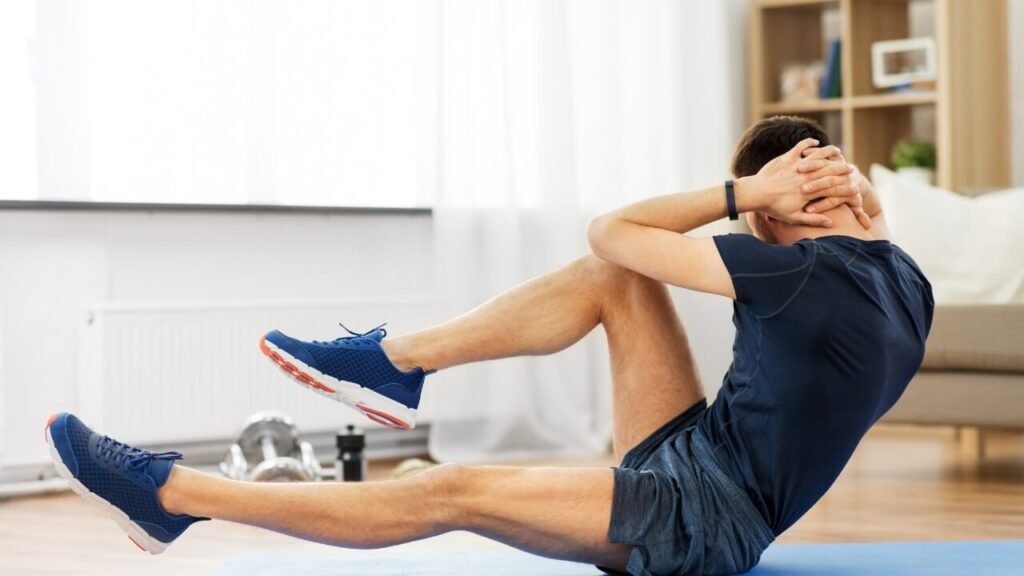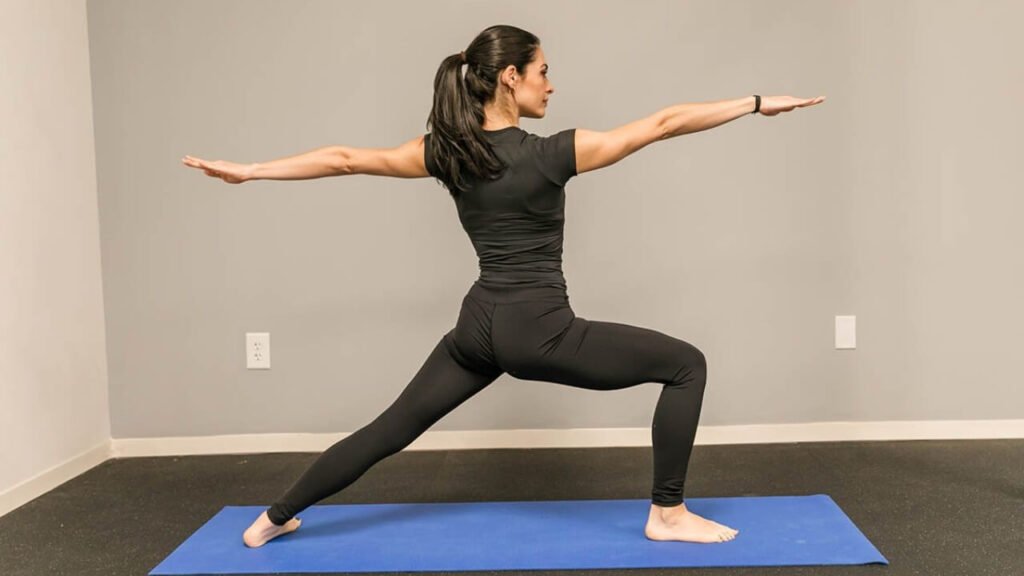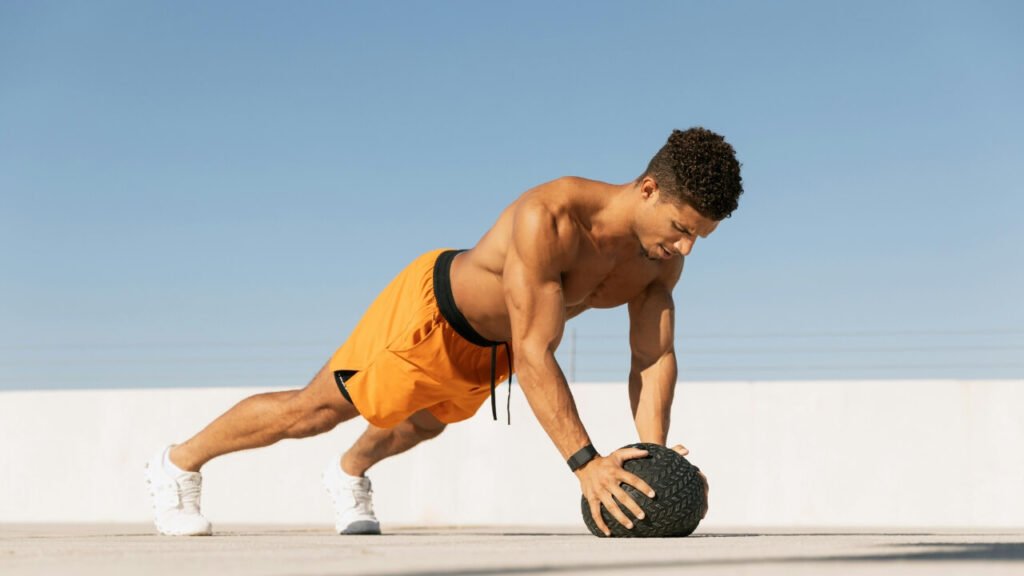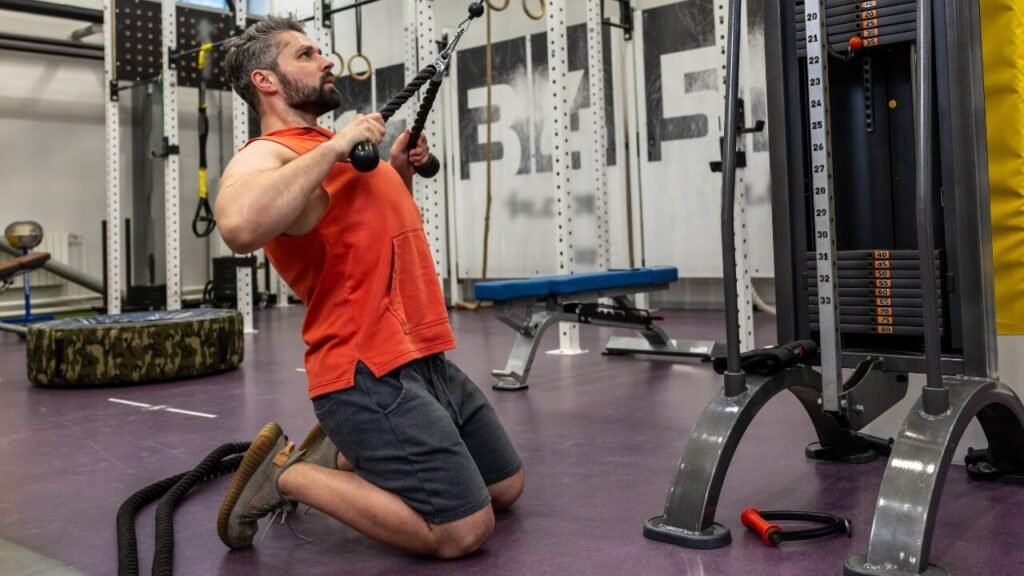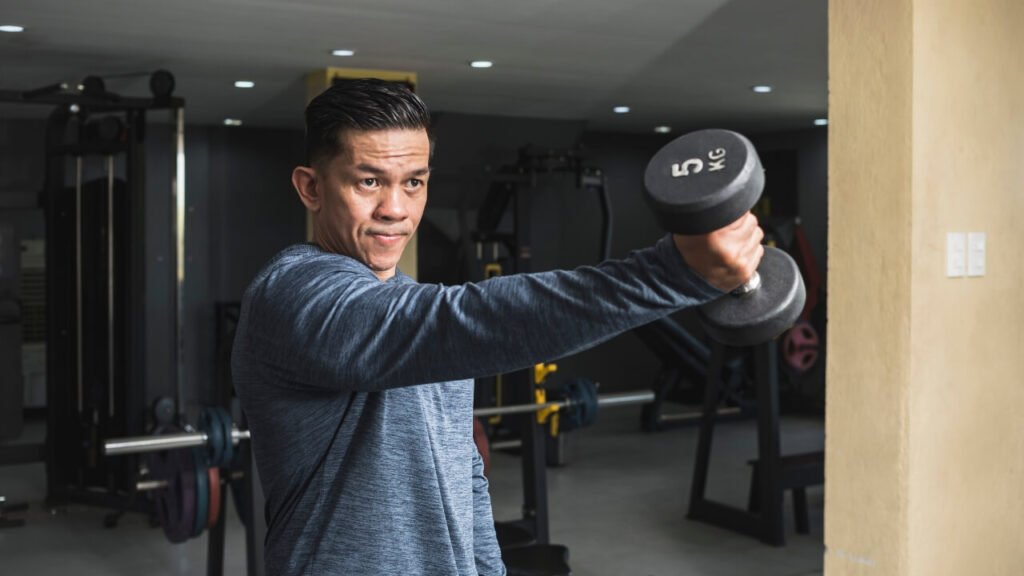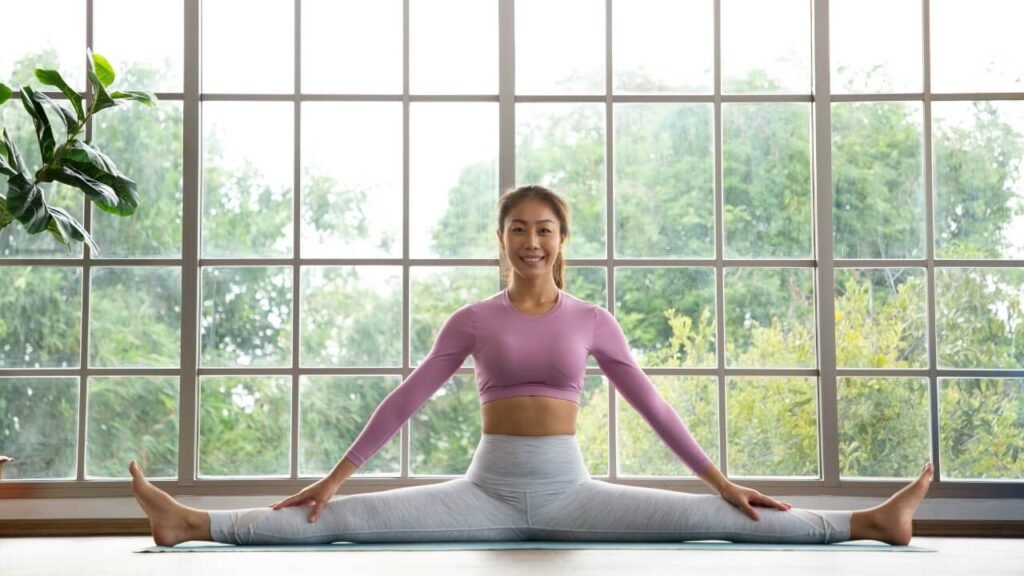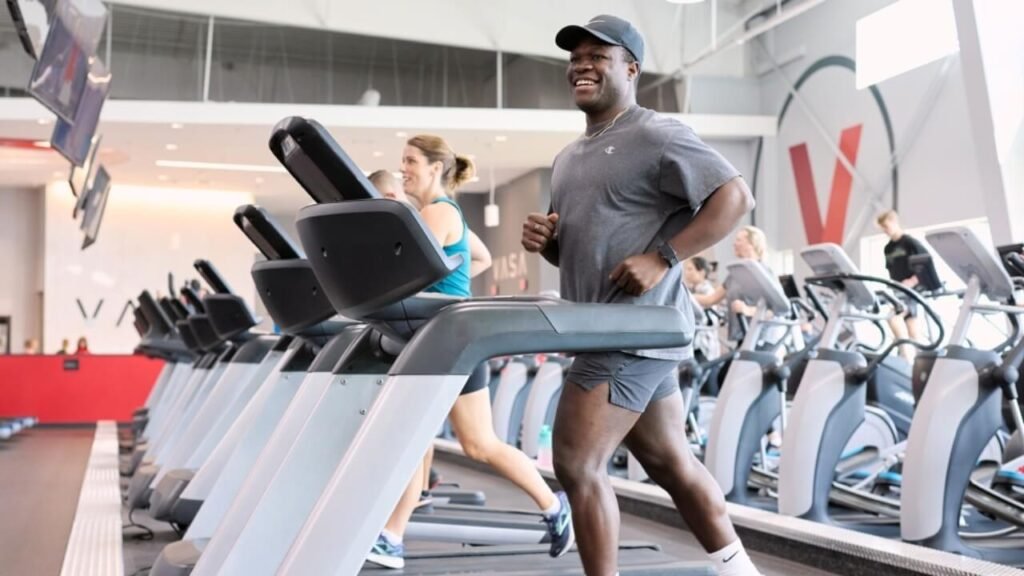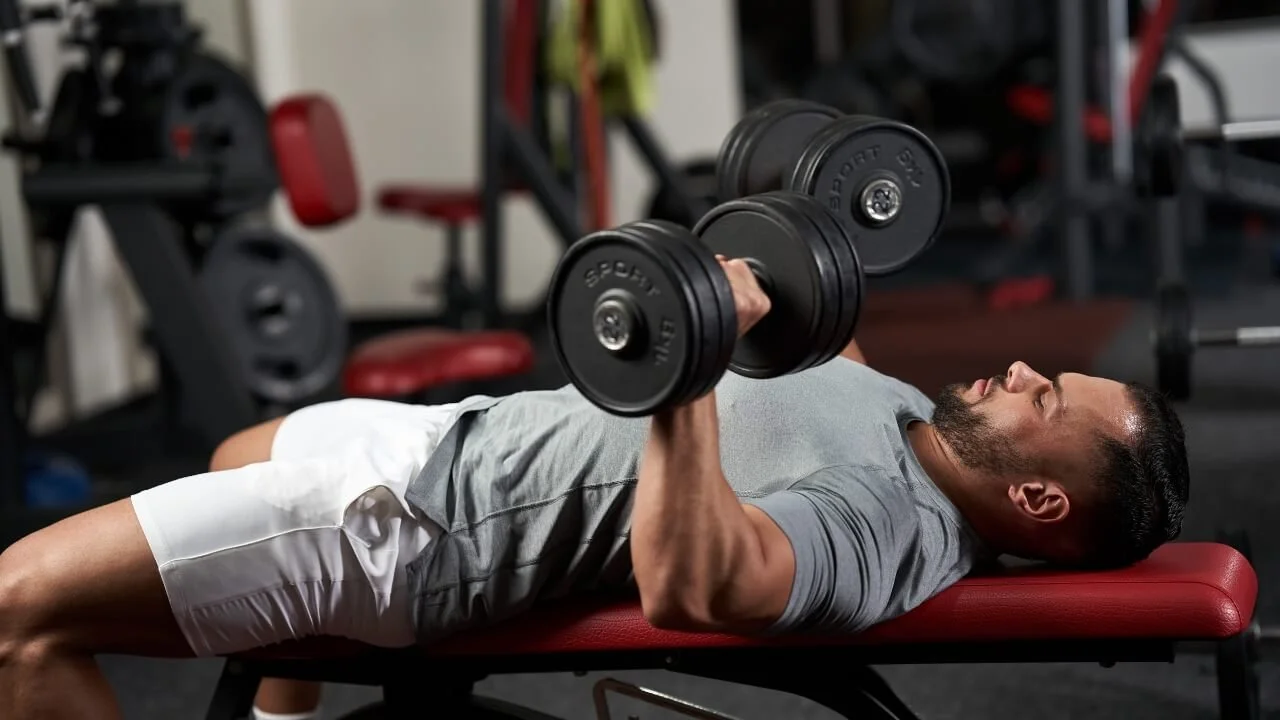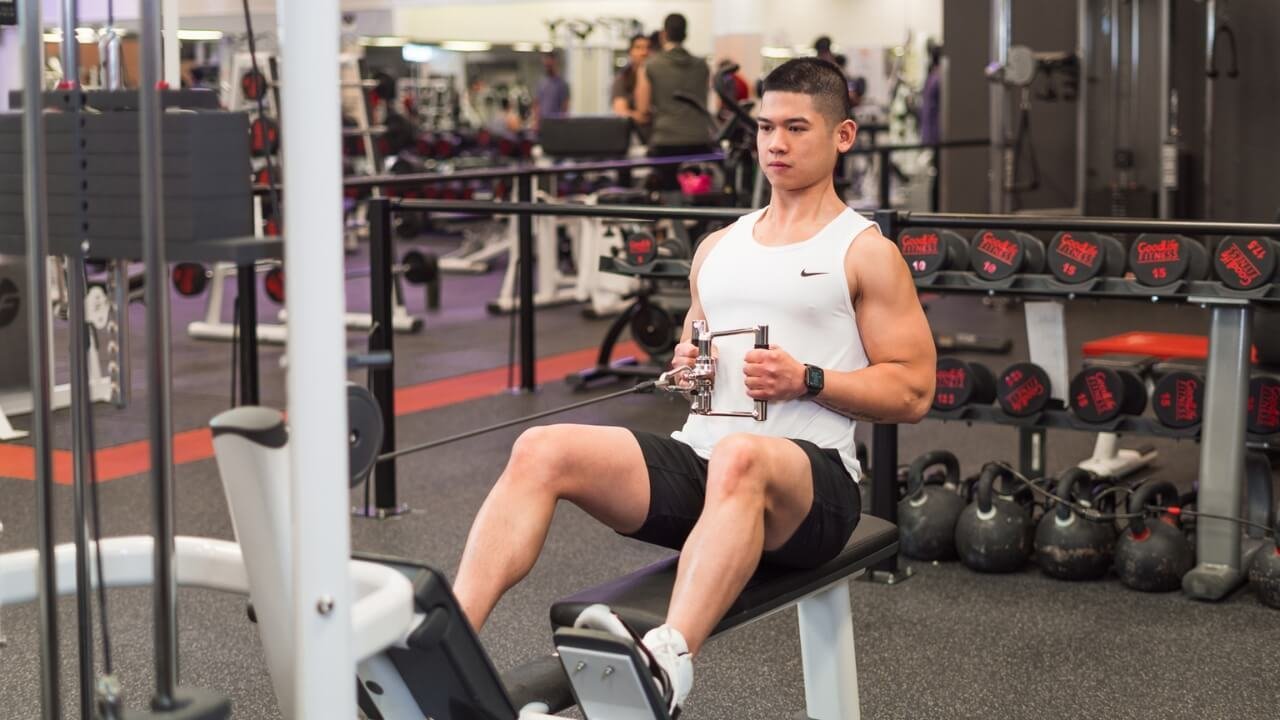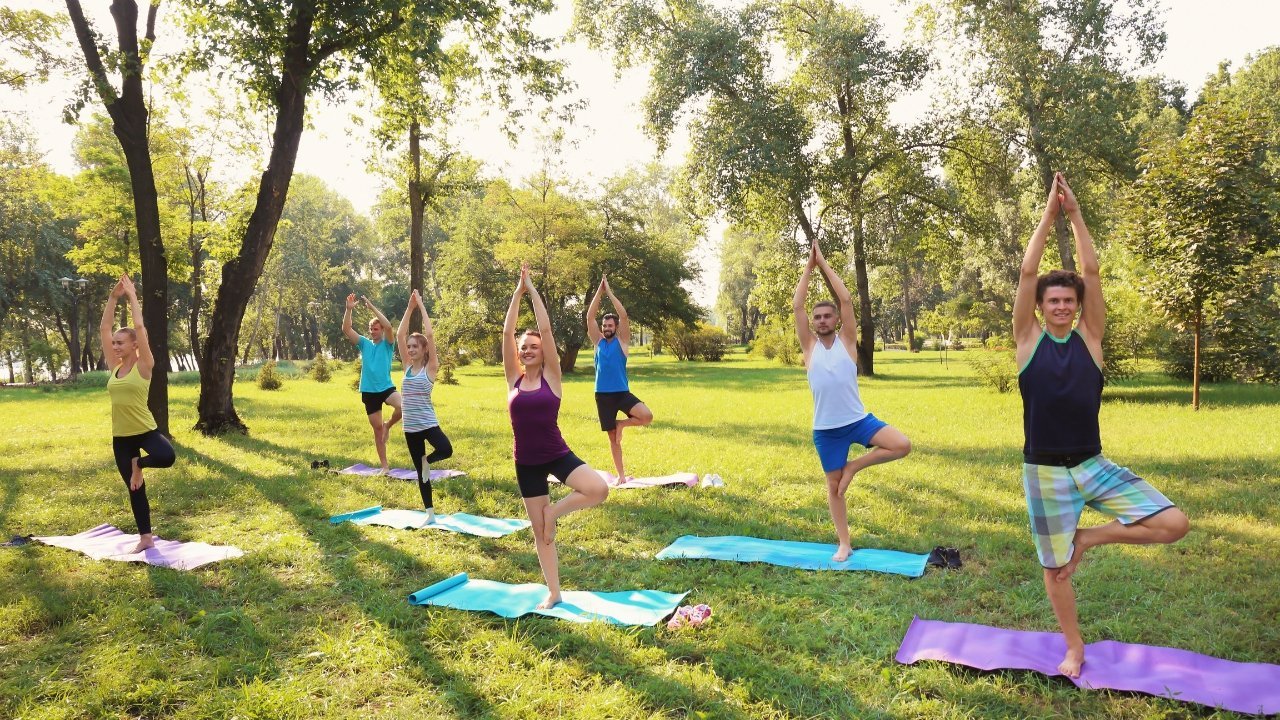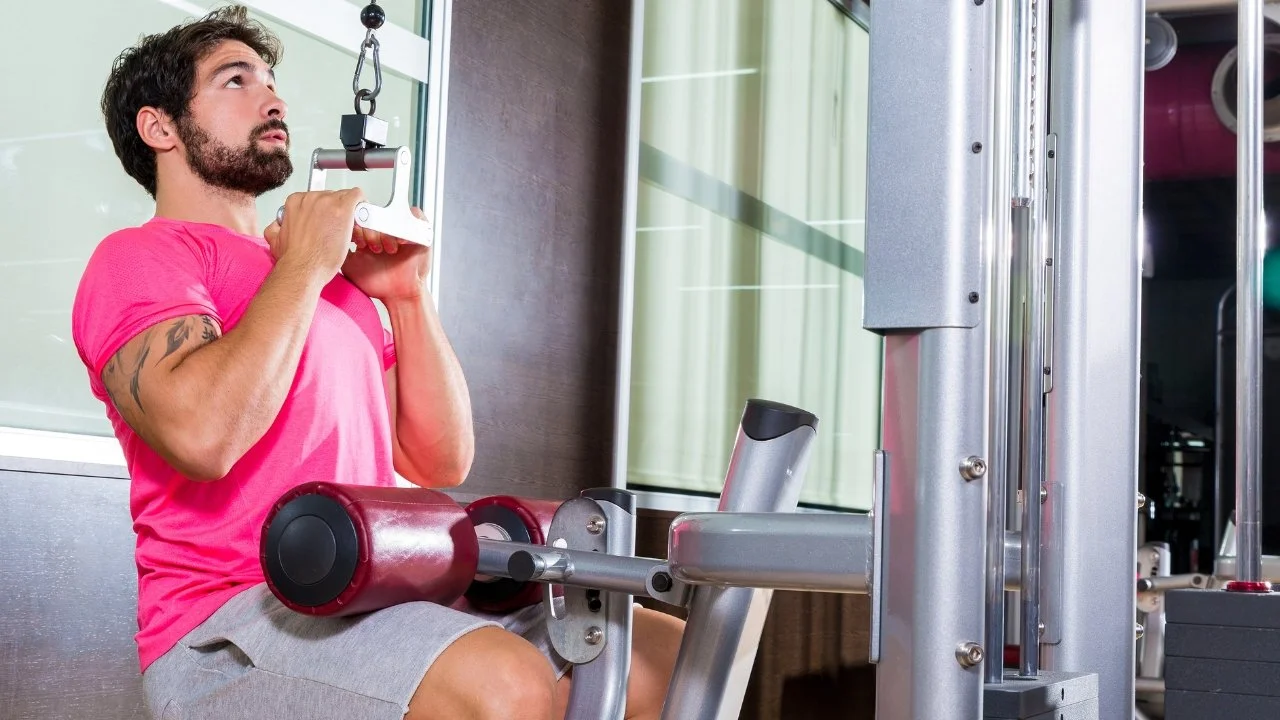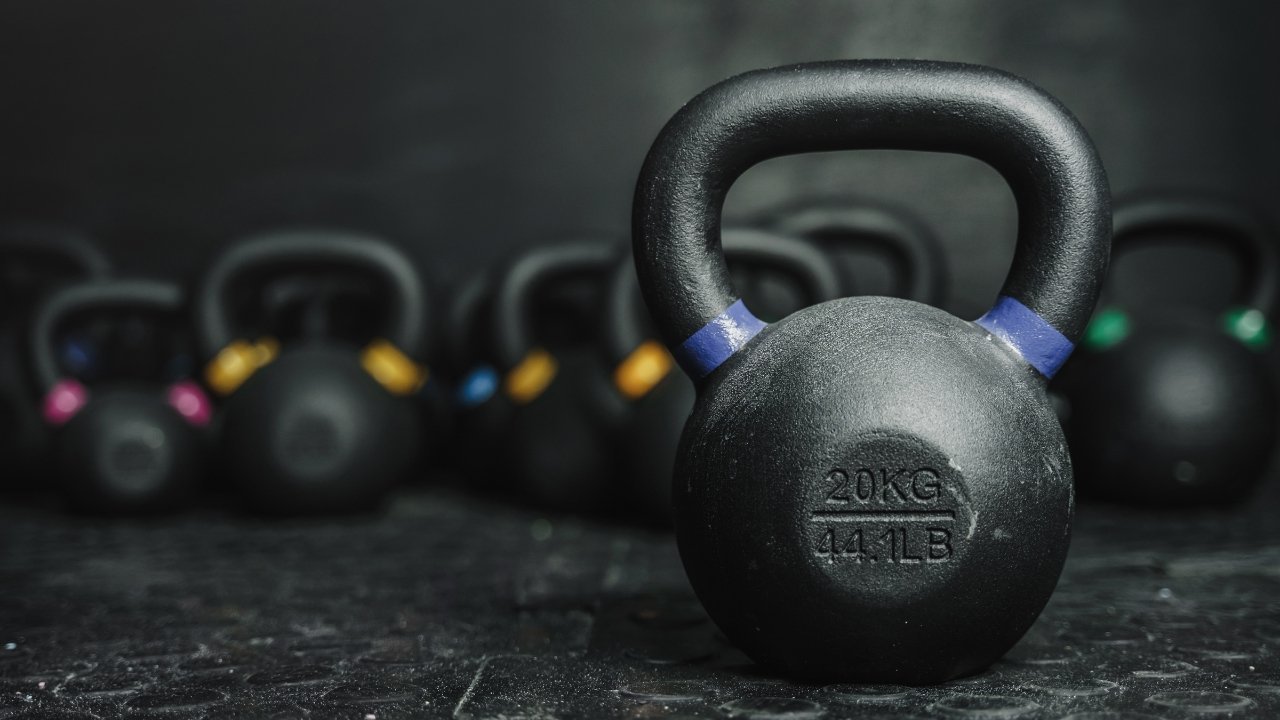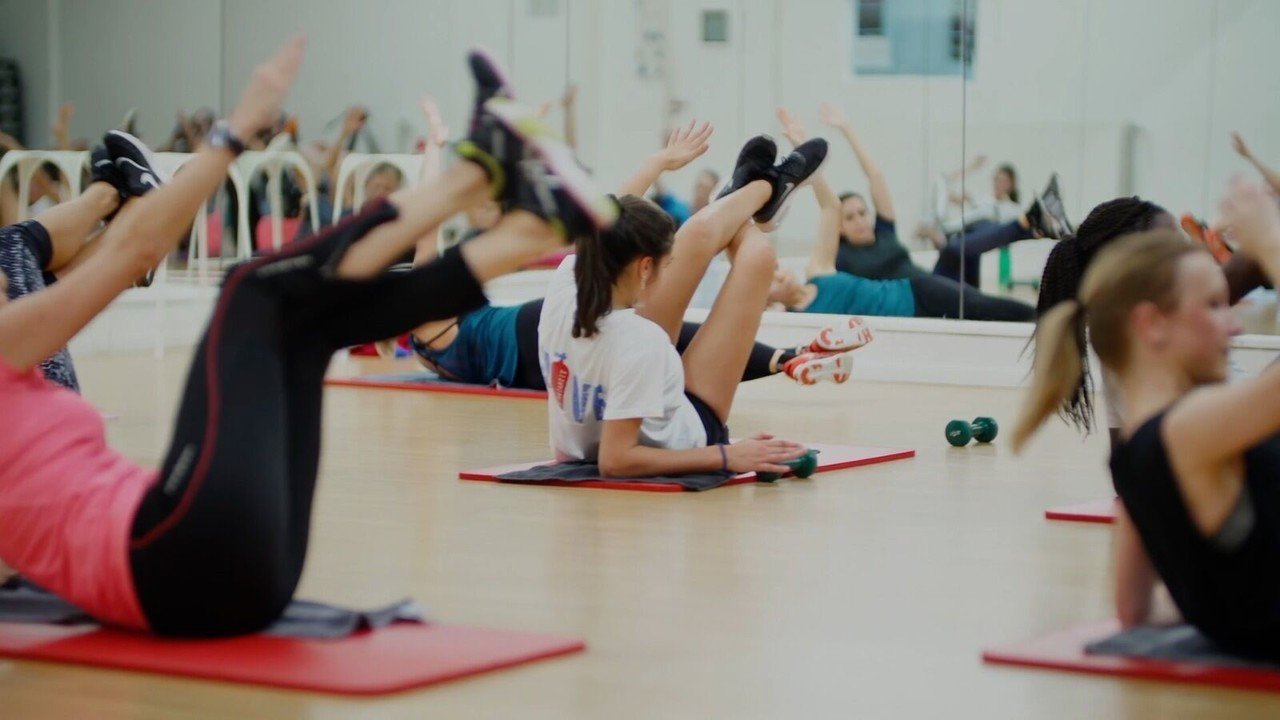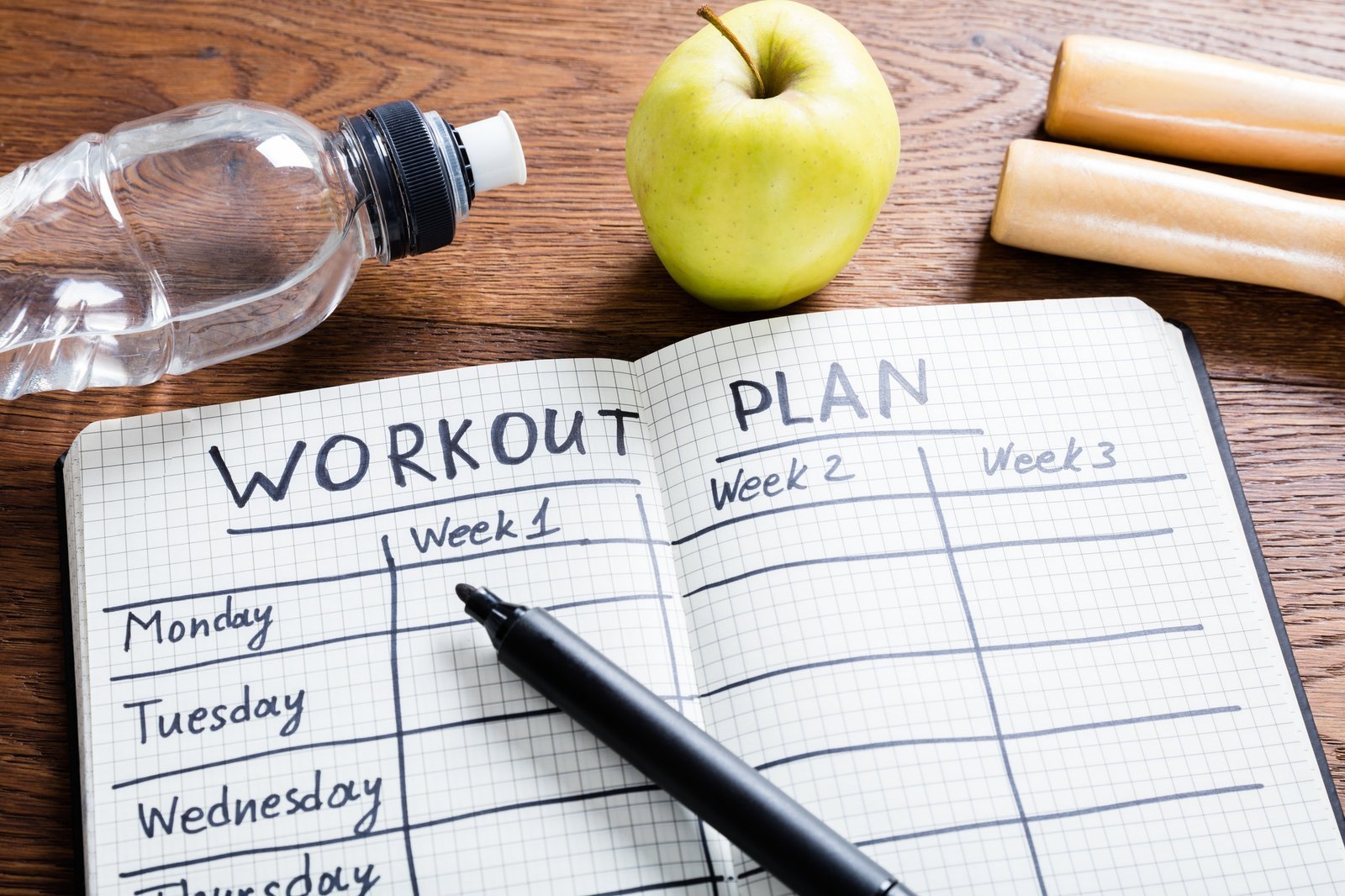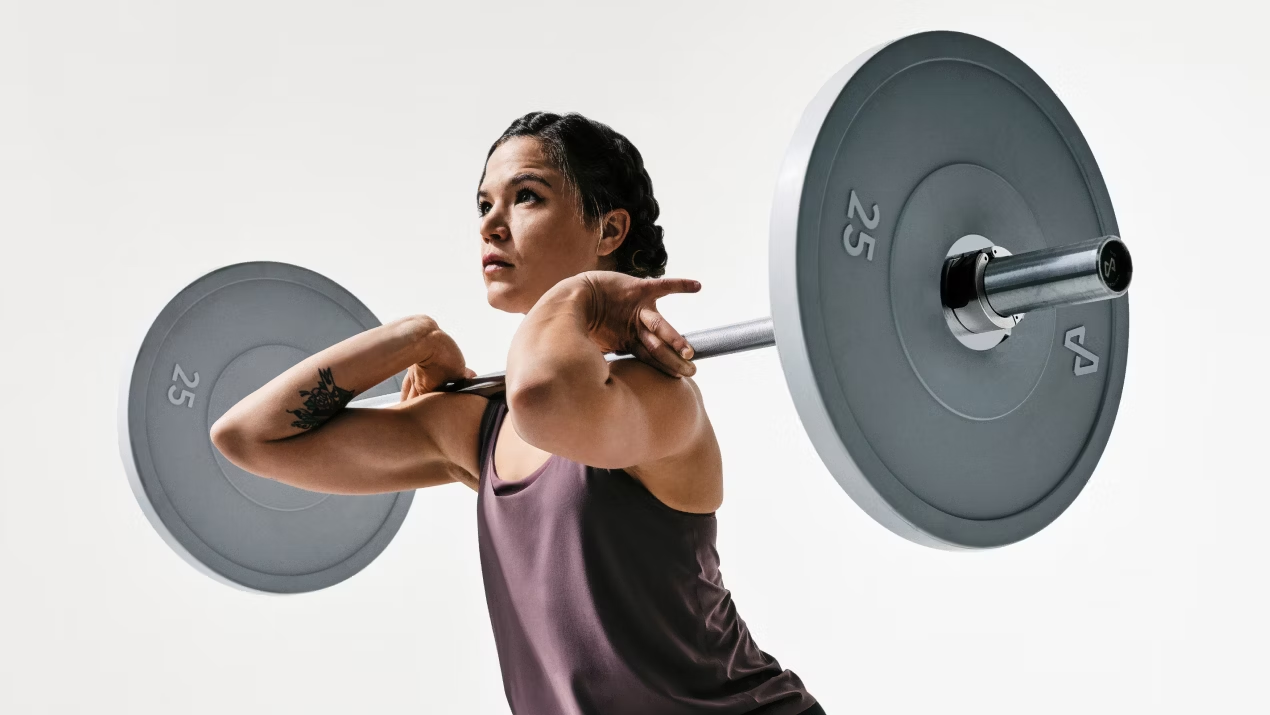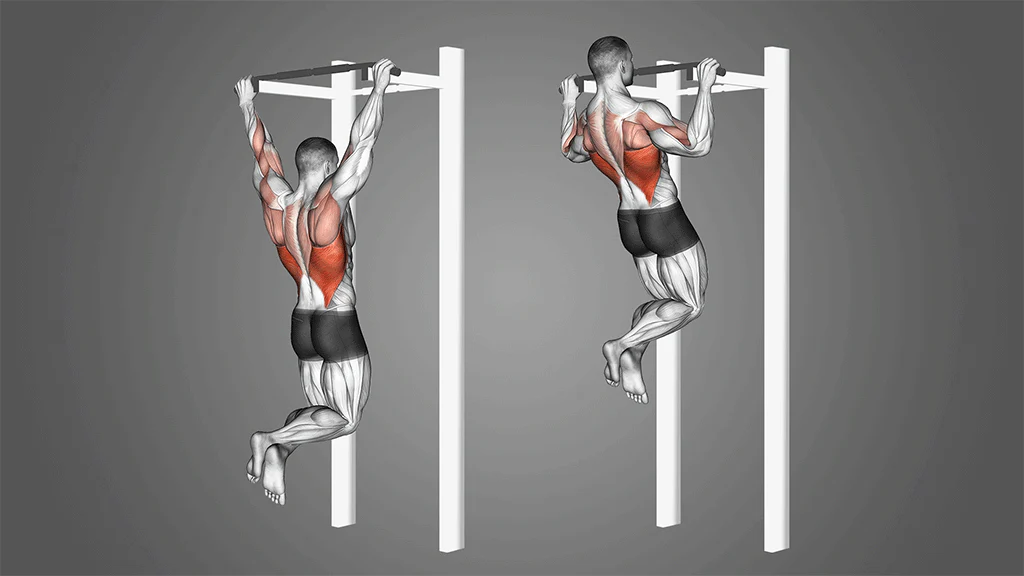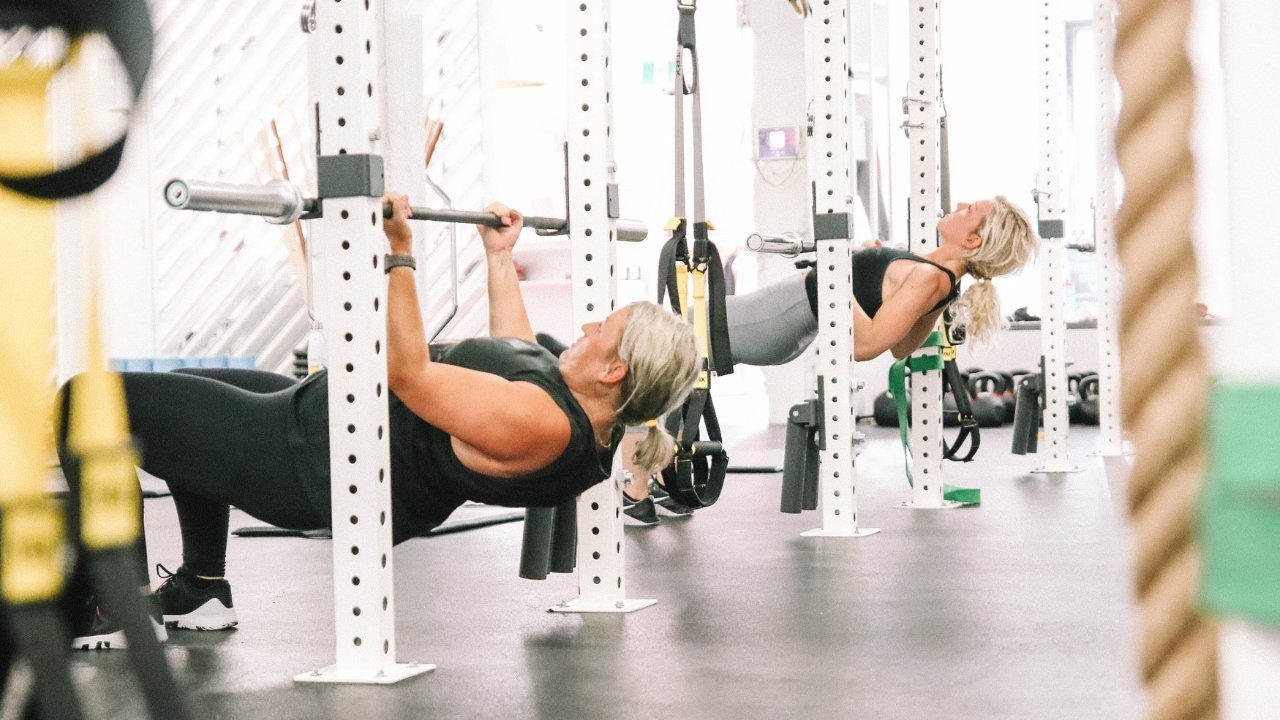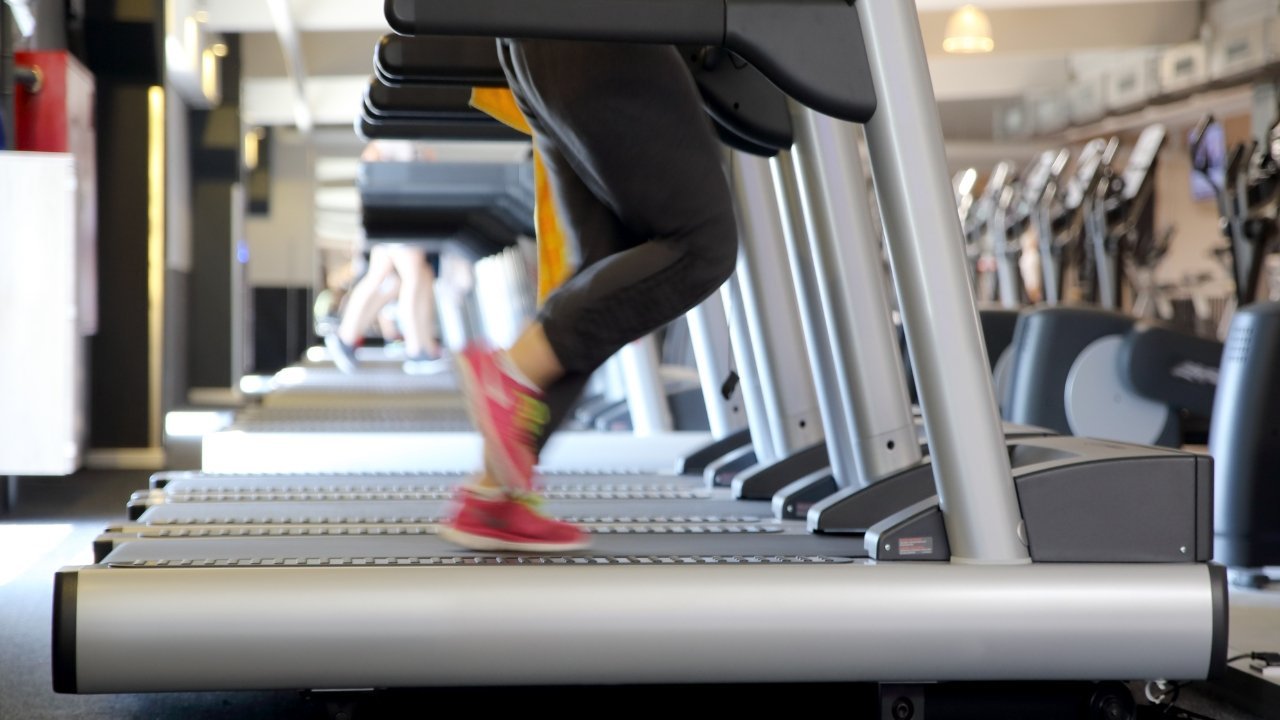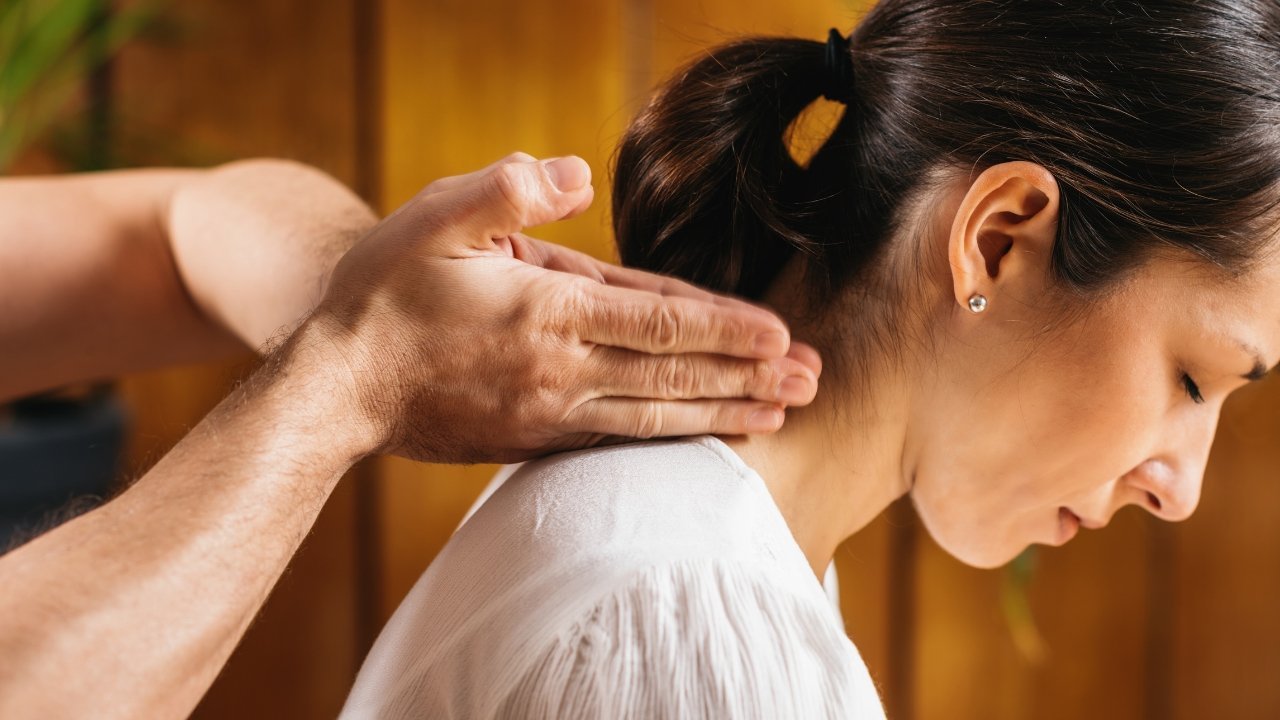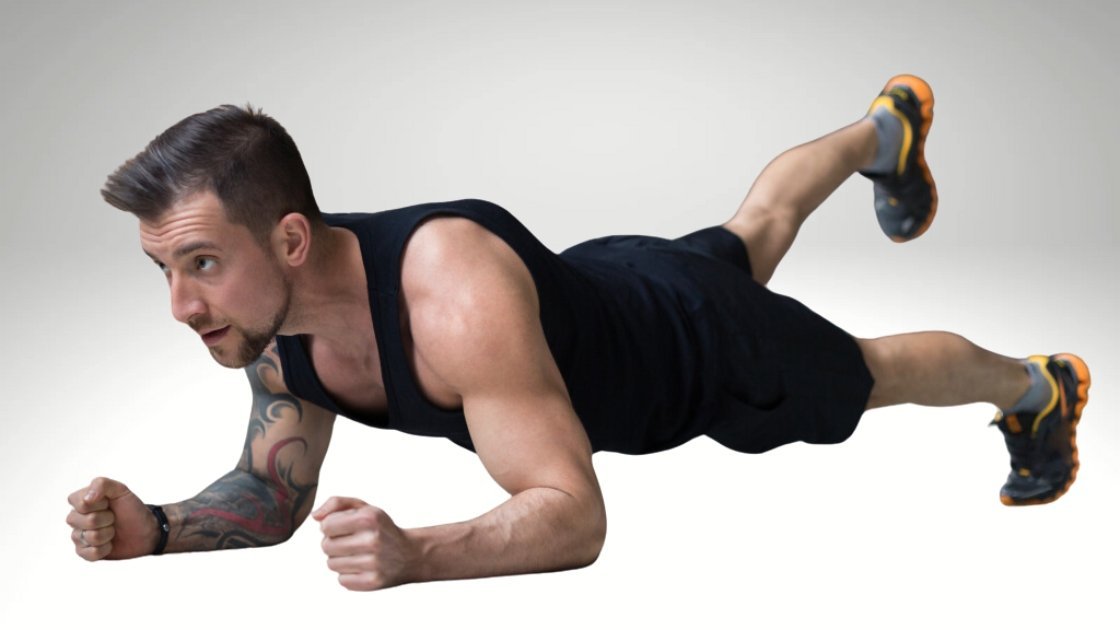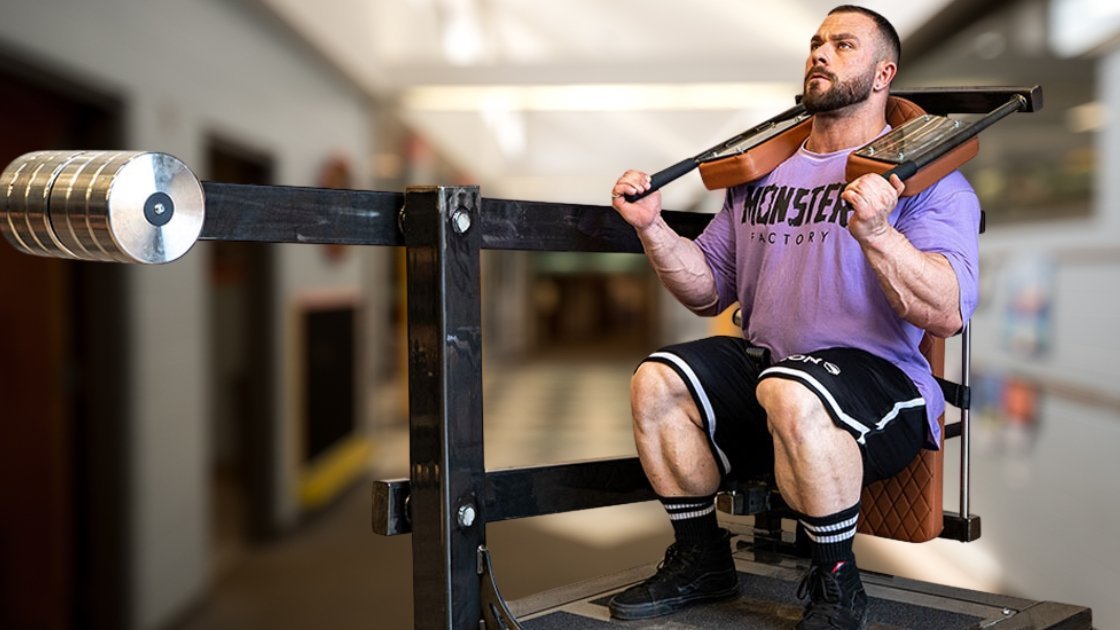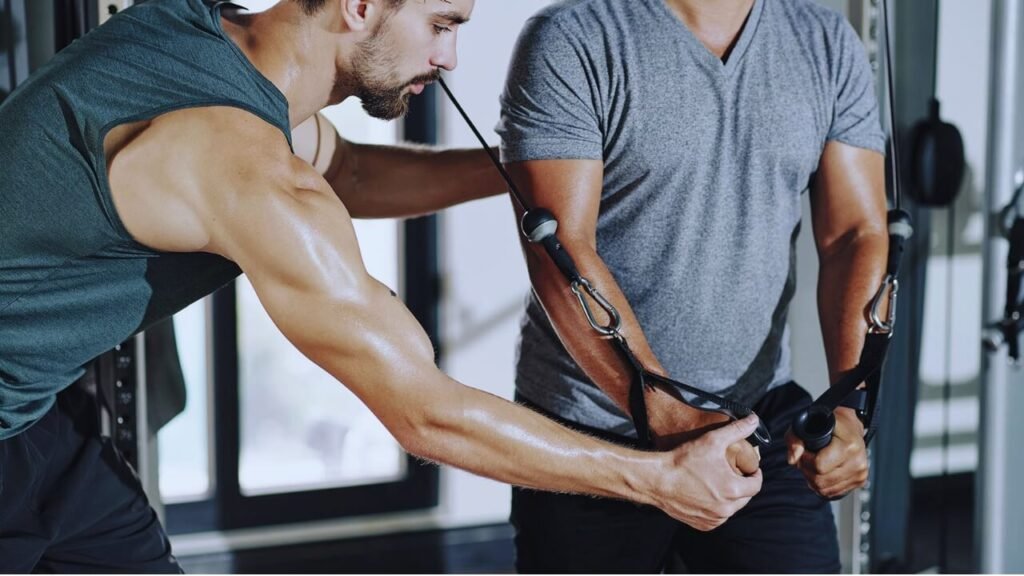Leg Crossovers:The SHOCKING Truth About Your Sitting Habit!
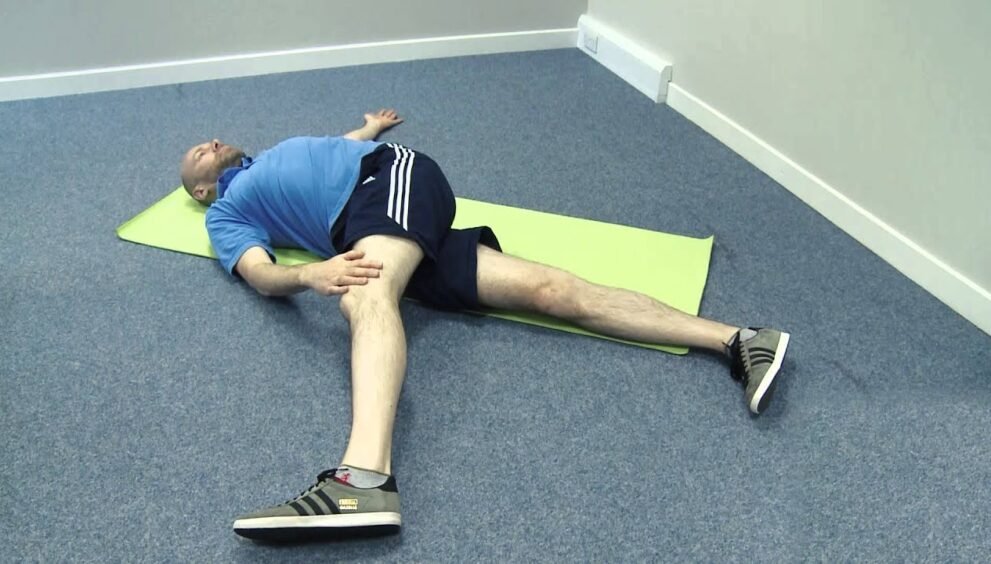
Do you find yourself subconsciously crossing your legs when you sit? For many of us, the position feels natural and comfortable. But is this common posture, leg crossovers, a harmless habit, or is it potentially impacting our health? This blog post dives deep into the science and anecdotal evidence surrounding leg crossing to help you understand the potential pros and cons. We’ll explore the aesthetic appeal, the cultural implications, and most importantly, the possible effects on your posture, circulation, and overall well-being.
The Appeal of Leg Crossing: Comfort and Culture
For many Americans, crossing our legs is more than just a posture; it’s a habit ingrained in our daily routines. Think about it: sitting in a meeting, relaxing on the couch, or even waiting for an appointment – how often do you find yourself instinctively crossing one leg over the other? This behavior stems from a combination of factors, including comfort, social norms, and even aesthetic preferences.
Comfort and Social Norms
Firstly, comfort plays a crucial role. Many people find that crossing their legs provides a sense of stability and support, especially when sitting in chairs that lack adequate back support. Secondly, cultural norms influence our postural habits. In Western societies, crossing legs at the ankles, in particular, has become widely accepted, particularly among women. This posture can be perceived as polite, graceful, and feminine, further reinforcing the habit.
Aesthetic Preferences
Finally, some individuals cross their legs simply because they find it aesthetically pleasing. It can create a more streamlined silhouette and enhance the appearance of posture, contributing to a sense of confidence and poise. It may also affect blood pressure.
Exploring the Potential Health Implications of Leg Crossovers
While crossing your legs might feel comfortable and socially acceptable, it’s essential to consider its potential impact on your health. Research and anecdotal evidence suggest that prolonged or frequent leg crossing may contribute to various health issues. Therefore, it is important to understand what this habit may be doing to your body.
Circulation and Posture
One of the most commonly cited concerns is its effect on blood circulation. When you cross your legs, you constrict the blood vessels in your legs, potentially hindering blood flow. While this might not be a significant issue for healthy individuals, it could pose problems for those with pre-existing circulatory conditions such as varicose veins or deep vein thrombosis (DVT).
Musculoskeletal Health
Furthermore, prolonged leg crossing can also impact posture and musculoskeletal health. Sitting with crossed legs can tilt the pelvis, causing imbalances in the spine and hips. Over time, this can lead to lower back pain, hip pain, and even neck pain. The misalignment can also affect the alignment of your shoulders and rib cage, potentially contributing to discomfort and restricted movement.
“I spent years crossing my legs at work without realizing the impact it had on my posture. After seeing a physical therapist, I learned that the habit was contributing to my chronic lower back pain. Once I made an effort to stop crossing my legs, I started noticing a significant improvement in my posture and pain levels,” writes Reddit user “BackPainNoMore”.
Circulation and Leg Crossovers: What the Research Says
The impact of leg crossing on circulation is a subject of ongoing debate. Some studies suggest that crossing your legs can temporarily increase blood pressure. For example, a study published in the Journal of Hypertension found that crossing legs at the knees led to a noticeable increase in systolic blood pressure. However, other research indicates that these increases are usually temporary and not clinically significant for healthy individuals.
Precautions for Certain Individuals
However, individuals with pre-existing circulatory problems should exercise caution. Crossing legs may exacerbate symptoms of conditions such as varicose veins. Varicose veins occur when the valves in the veins weaken, causing blood to pool in the legs. Constricting blood flow by crossing legs can further impede circulation, potentially worsening the appearance and discomfort of varicose veins.
Risk of DVT
Moreover, individuals at risk of deep vein thrombosis (DVT) should also be mindful of their leg crossing habits. DVT is a serious condition in which blood clots form in the deep veins, usually in the legs. Crossing legs can contribute to the risk of DVT by restricting blood flow and increasing pressure in the veins.
Posture and Musculoskeletal Health: The Downside of Leg Crossing
In addition to circulatory concerns, leg crossing can also significantly affect posture and musculoskeletal health. When you cross your legs, you shift your weight to one side of your body, causing imbalances in your spine and hips. This can lead to a variety of musculoskeletal problems, including:
Musculoskeletal Problems Caused by Leg Crossing
- Lower Back Pain: The pelvic tilt caused by leg crossing can strain the muscles and ligaments in the lower back, leading to pain and discomfort.
- Hip Pain: Leg crossing can also put pressure on the hip joint, leading to pain and stiffness.
- Neck Pain: The spinal imbalances caused by leg crossing can affect the alignment of the neck, leading to tension and pain.
- Sciatica: In some cases, leg crossing can irritate the sciatic nerve, causing pain that radiates down the leg.
Long-Term Postural Issues
Furthermore, leg crossing can contribute to poor posture over time. When you consistently sit with crossed legs, your muscles adapt to this position, leading to muscle imbalances and postural distortions. This can result in rounded shoulders, forward head posture, and an overall slouched appearance.
Leg Crossovers: Advice From Experts
To gain a deeper understanding of the potential effects of leg crossing, it’s essential to consult with healthcare professionals and experts in the field of biomechanics and posture.
“While occasional leg crossing may not be harmful for everyone, prolonged and habitual leg crossing can contribute to postural imbalances and musculoskeletal issues,” says Dr. Emily Carter, a chiropractor specializing in posture correction. “I often advise my patients to be mindful of their sitting habits and to avoid crossing their legs for extended periods.”
Proper Posture
Dr. Carter emphasizes the importance of maintaining proper posture while sitting, including keeping your feet flat on the floor, sitting with your back straight, and avoiding slouching. She also recommends taking regular breaks to stretch and move around, helping to prevent muscle stiffness and postural imbalances.
Alternative Sitting Postures: Promoting Better Health
If you’re concerned about the potential effects of leg crossing, there are several alternative sitting postures you can adopt to promote better health and posture. These include:
Alternatives to Leg Crossing
- Sitting with Feet Flat on the Floor: This posture allows for even weight distribution and promotes proper spinal alignment. Ensure your feet are firmly planted on the floor, and your knees are bent at a 90-degree angle.
- Using a Footrest: If your chair is too high, using a footrest can help maintain proper alignment and reduce strain on your back and hips.
- Sitting with Knees Slightly Apart: Keeping your knees slightly apart can help prevent pelvic tilt and promote better hip alignment.
- Active Sitting: Using an exercise ball or a wobble cushion can engage your core muscles and improve posture while sitting.
Experiment with different sitting postures to find what works best for you. The key is to prioritize proper spinal alignment and avoid positions that cause discomfort or strain.
Breaking the Habit: Tips for Reducing Leg Crossing
If you’re used to crossing your legs, breaking the habit can be challenging but achievable. Here are some tips to help you reduce leg crossing and adopt healthier sitting postures:
Tips to Reduce Leg Crossing
- Be Mindful: Pay attention to your body and become aware of when you’re crossing your legs.
- Set Reminders: Use sticky notes or phone alerts to remind yourself to uncross your legs throughout the day.
- Adjust Your Chair: Ensure your chair is properly adjusted to support good posture.
- Strengthen Core Muscles: Strong core muscles help stabilize the spine and promote better posture, making it easier to avoid leg crossing.
- Stretch Regularly: Regular stretching can help improve flexibility and reduce muscle stiffness, making it more comfortable to sit with your feet flat on the floor.
Breaking any habit takes time and effort, so be patient with yourself and celebrate your progress along the way.
Conclusion: The Nuances of Leg Crossovers
While crossing your legs might seem like a harmless habit, it’s essential to be aware of its potential impact on your health. While occasional leg crossing is unlikely to cause significant problems for healthy individuals, prolonged or frequent leg crossing can contribute to circulatory issues, postural imbalances, and musculoskeletal pain. By understanding the potential risks and adopting healthier sitting postures, you can protect your health and promote better overall well-being. It’s about making informed choices that support your long-term health and comfort. The practice of leg crossovers are nuanced with both good and bad elements to the habit.










